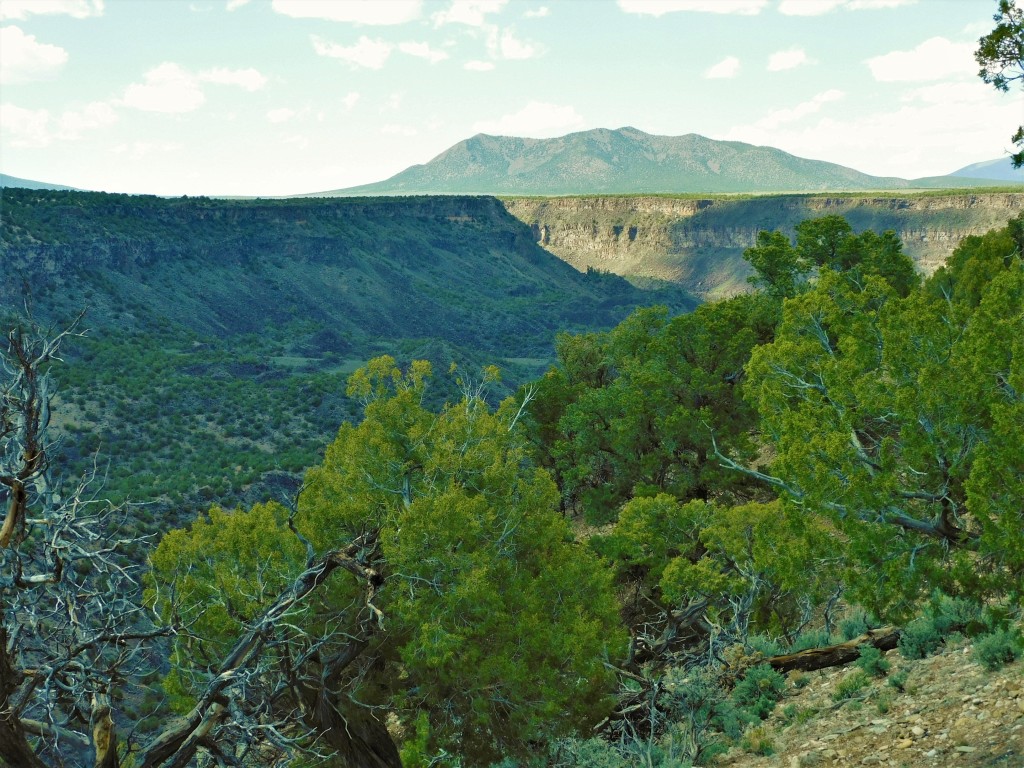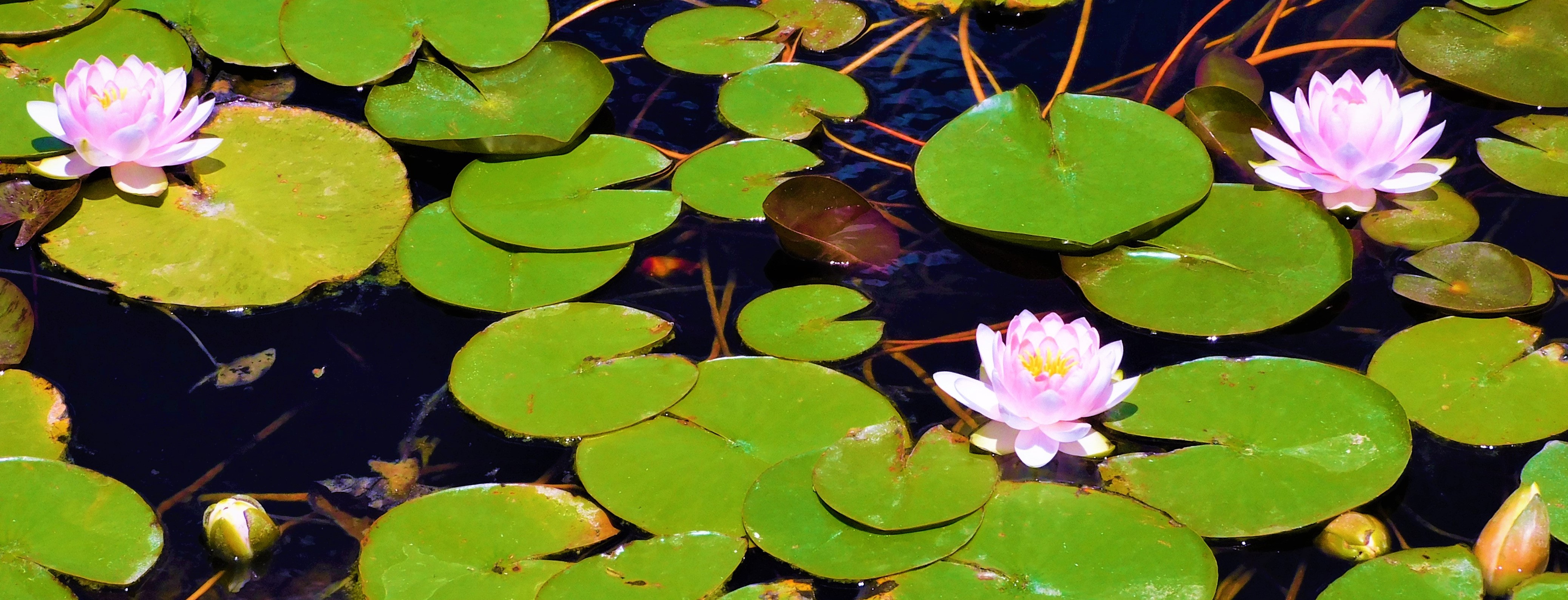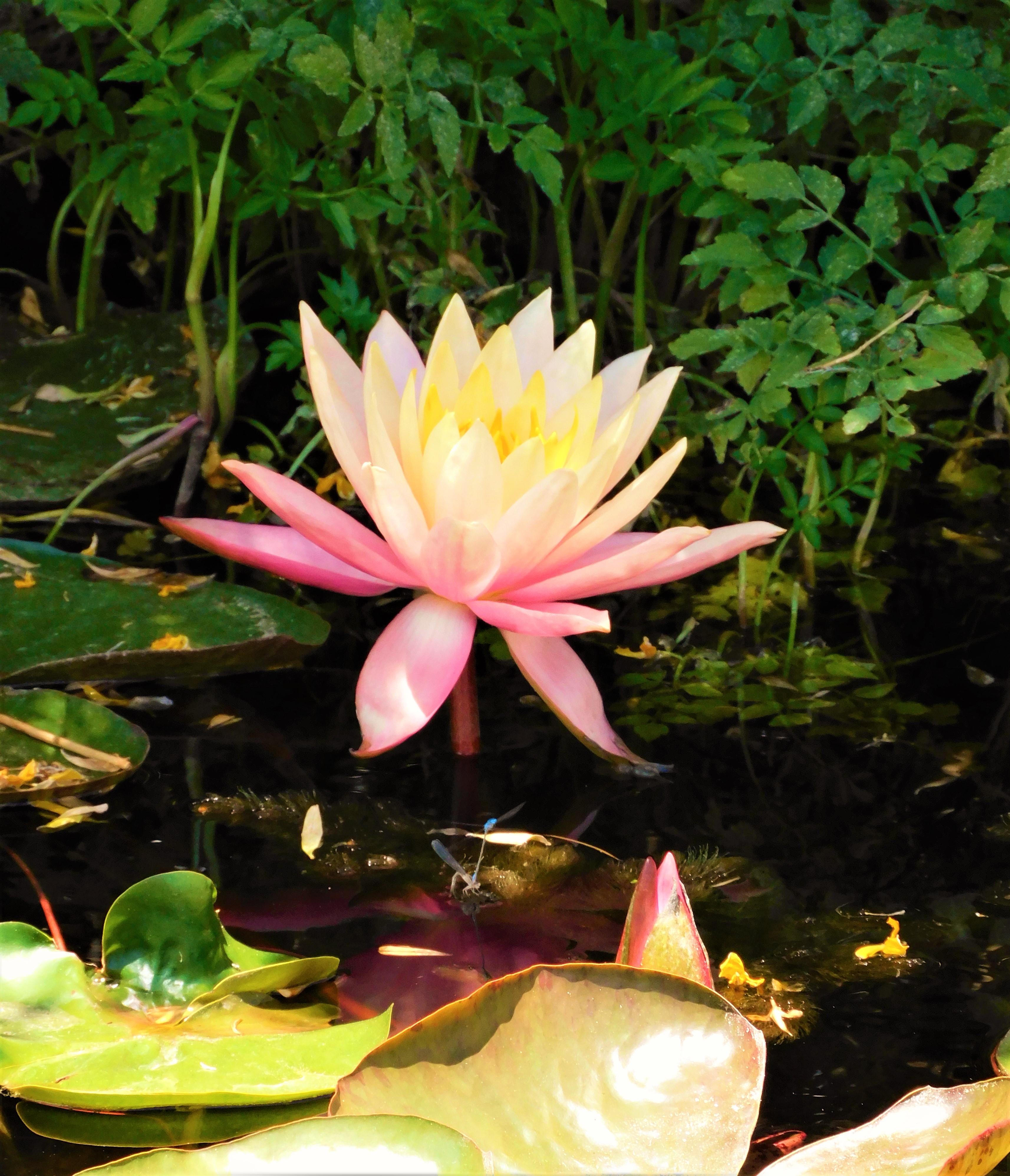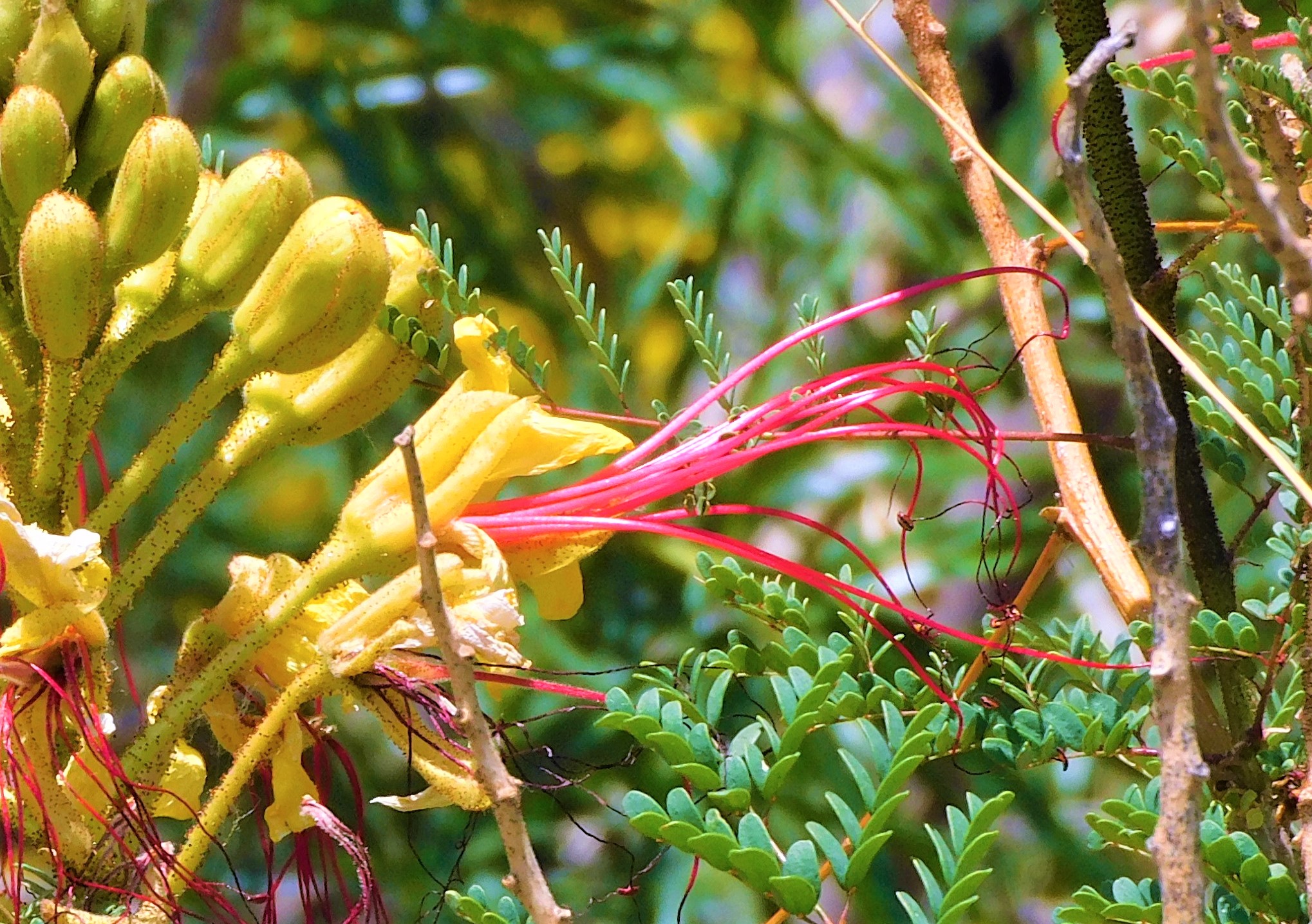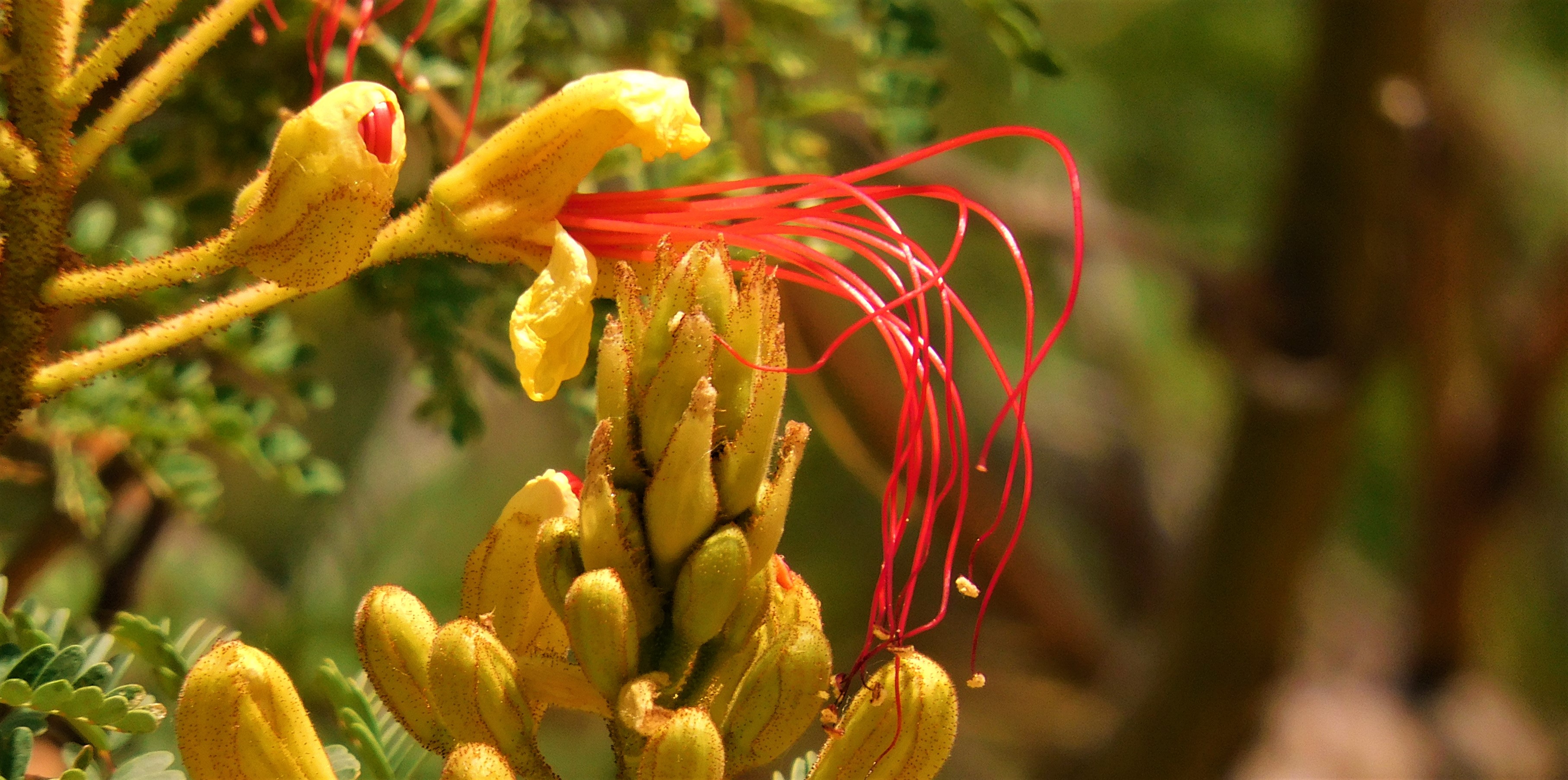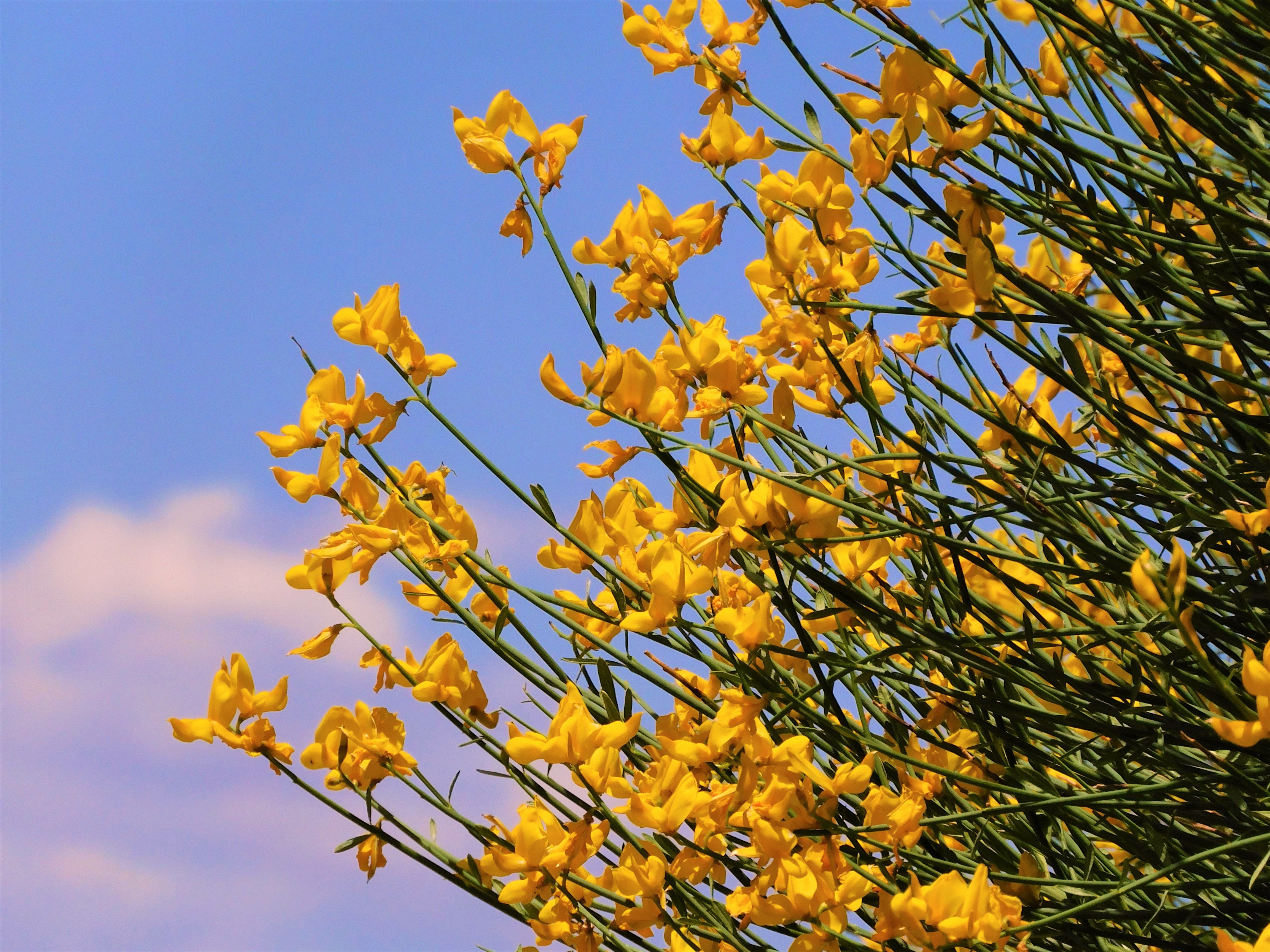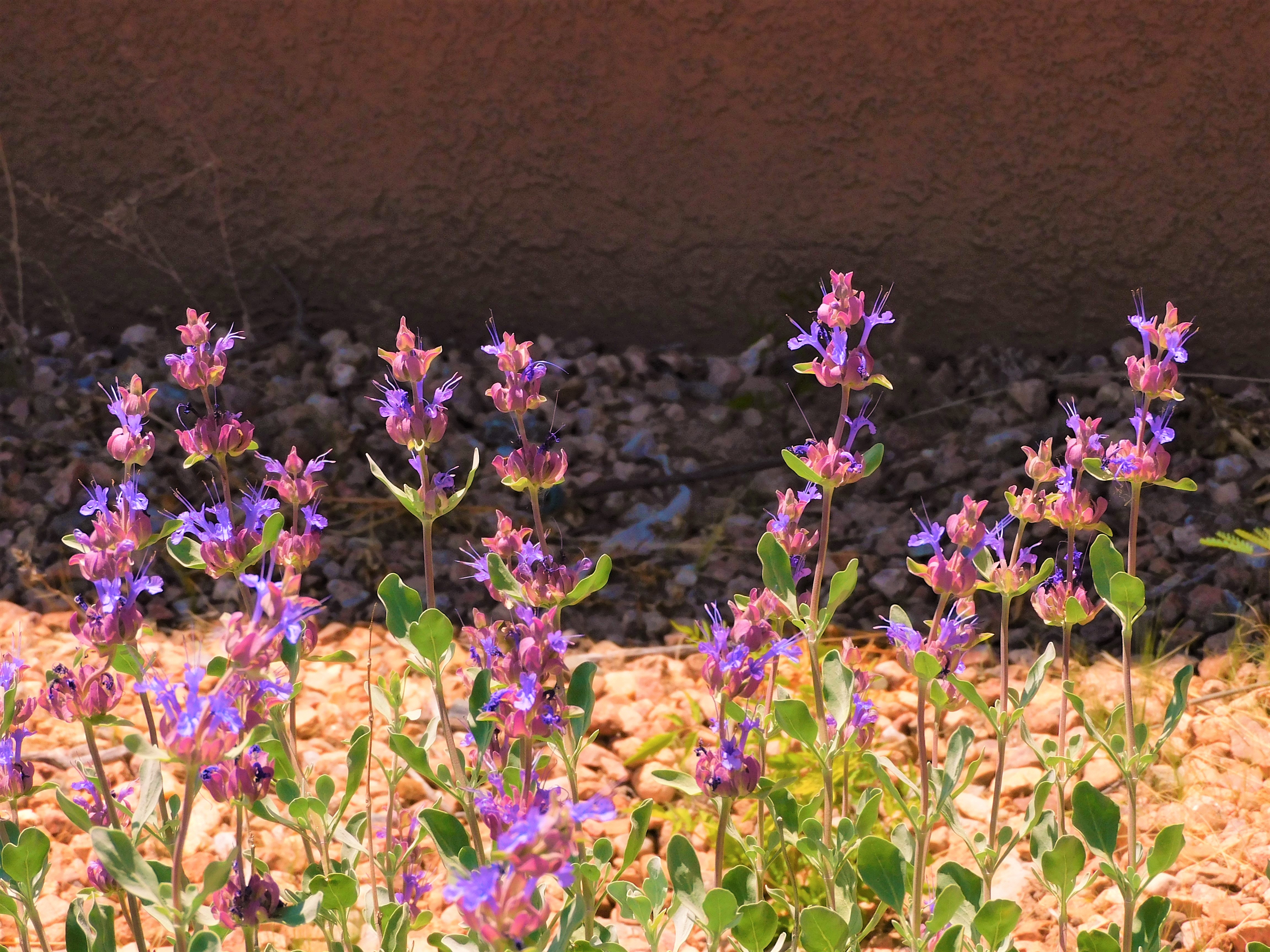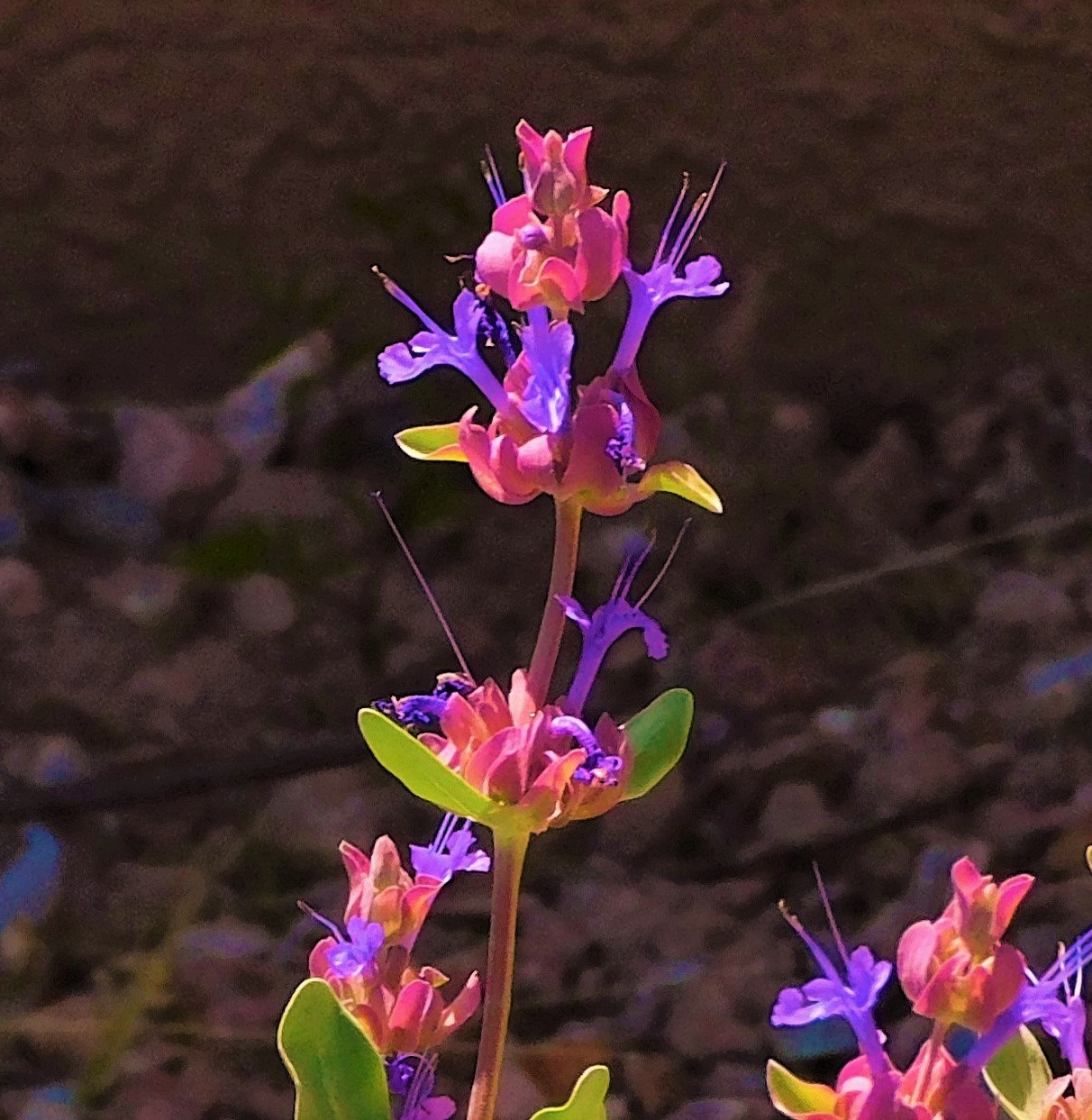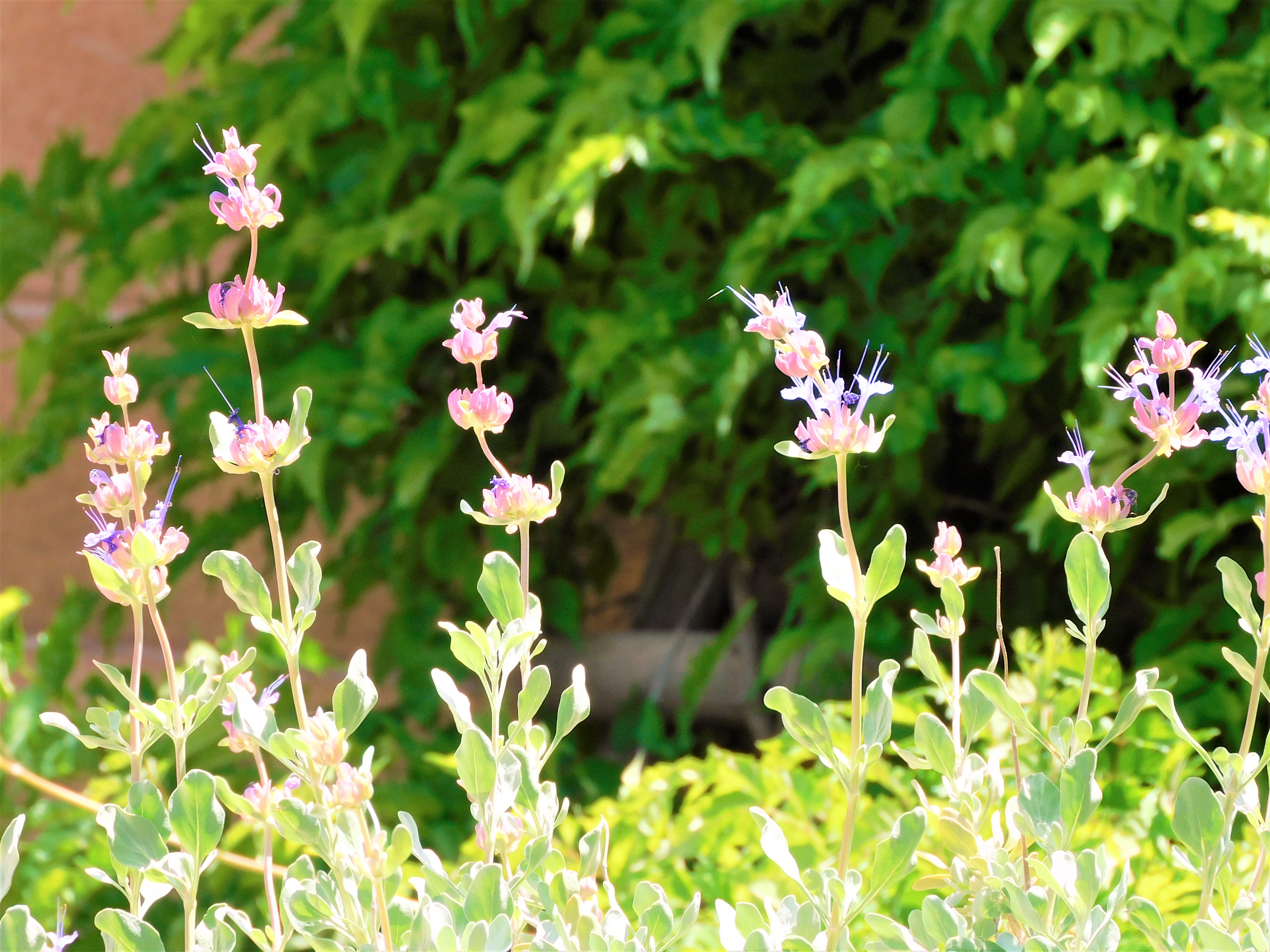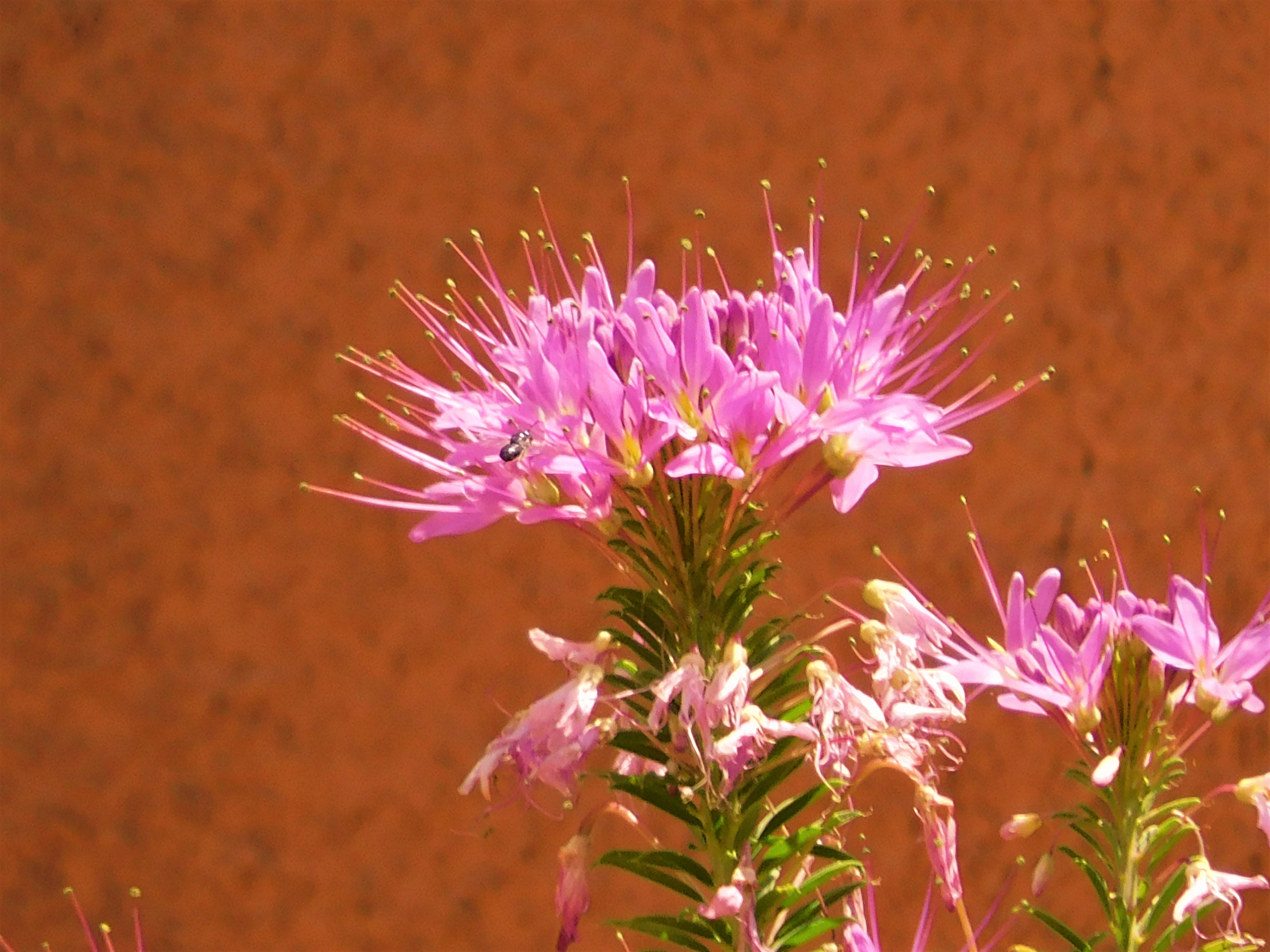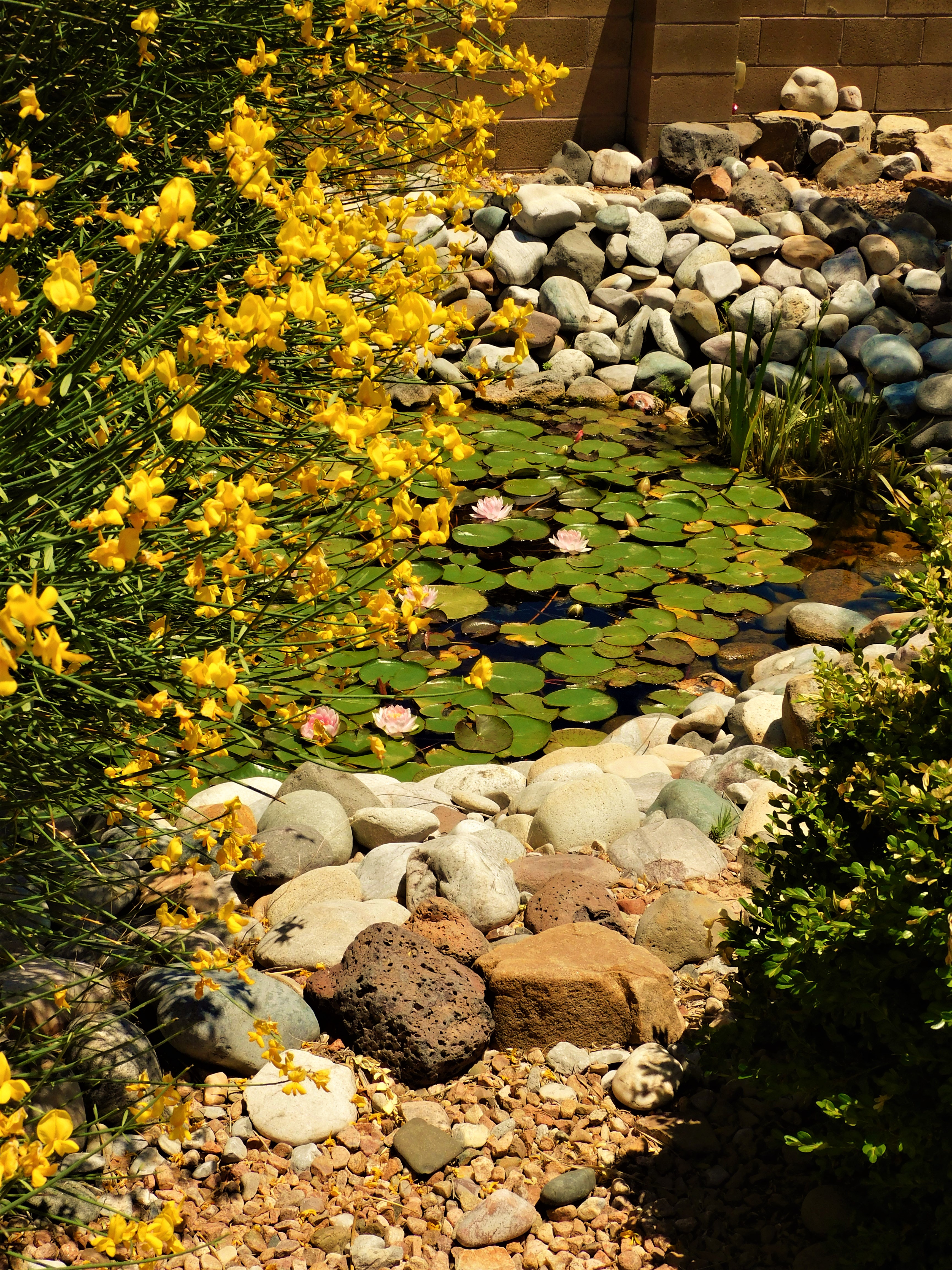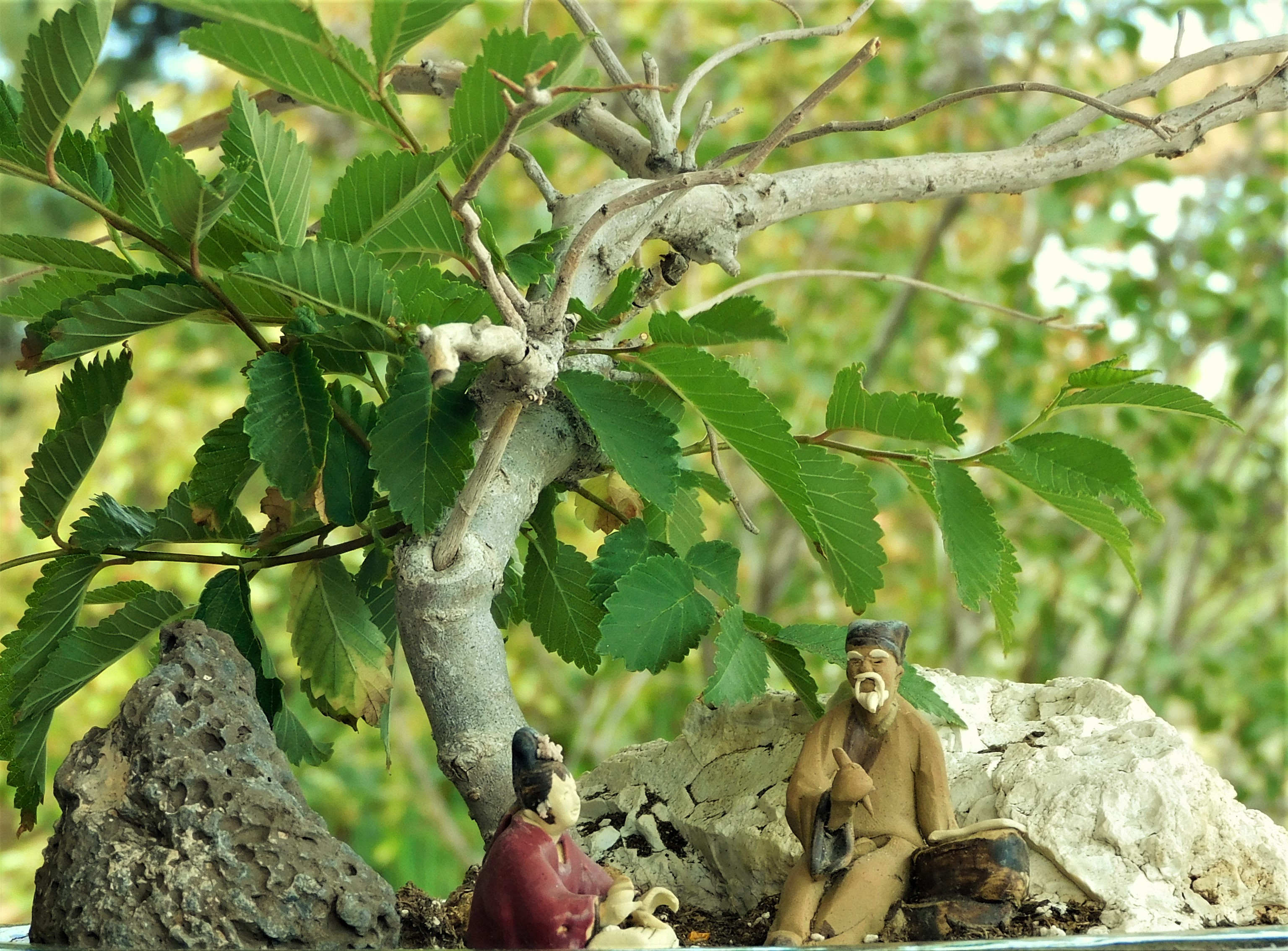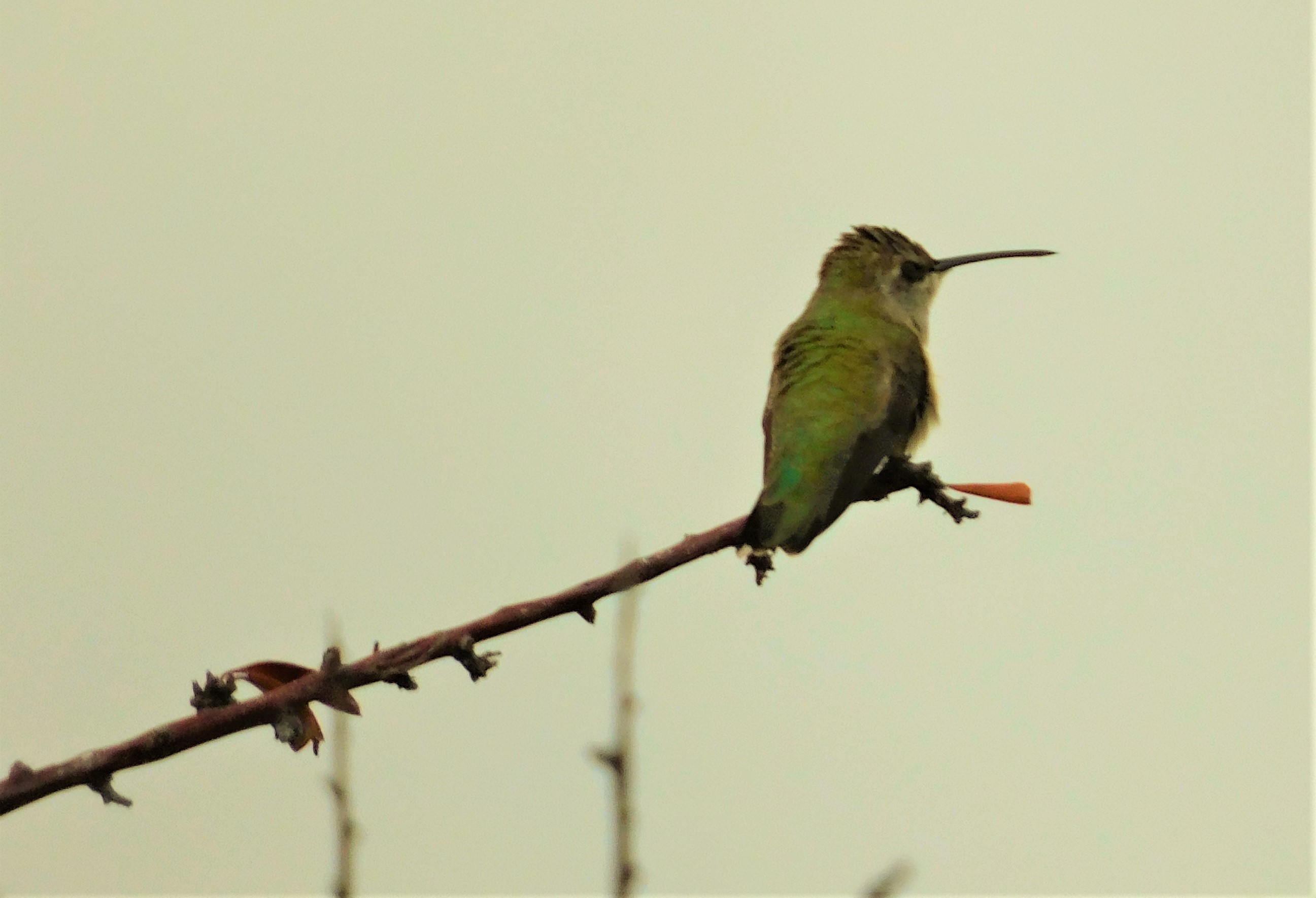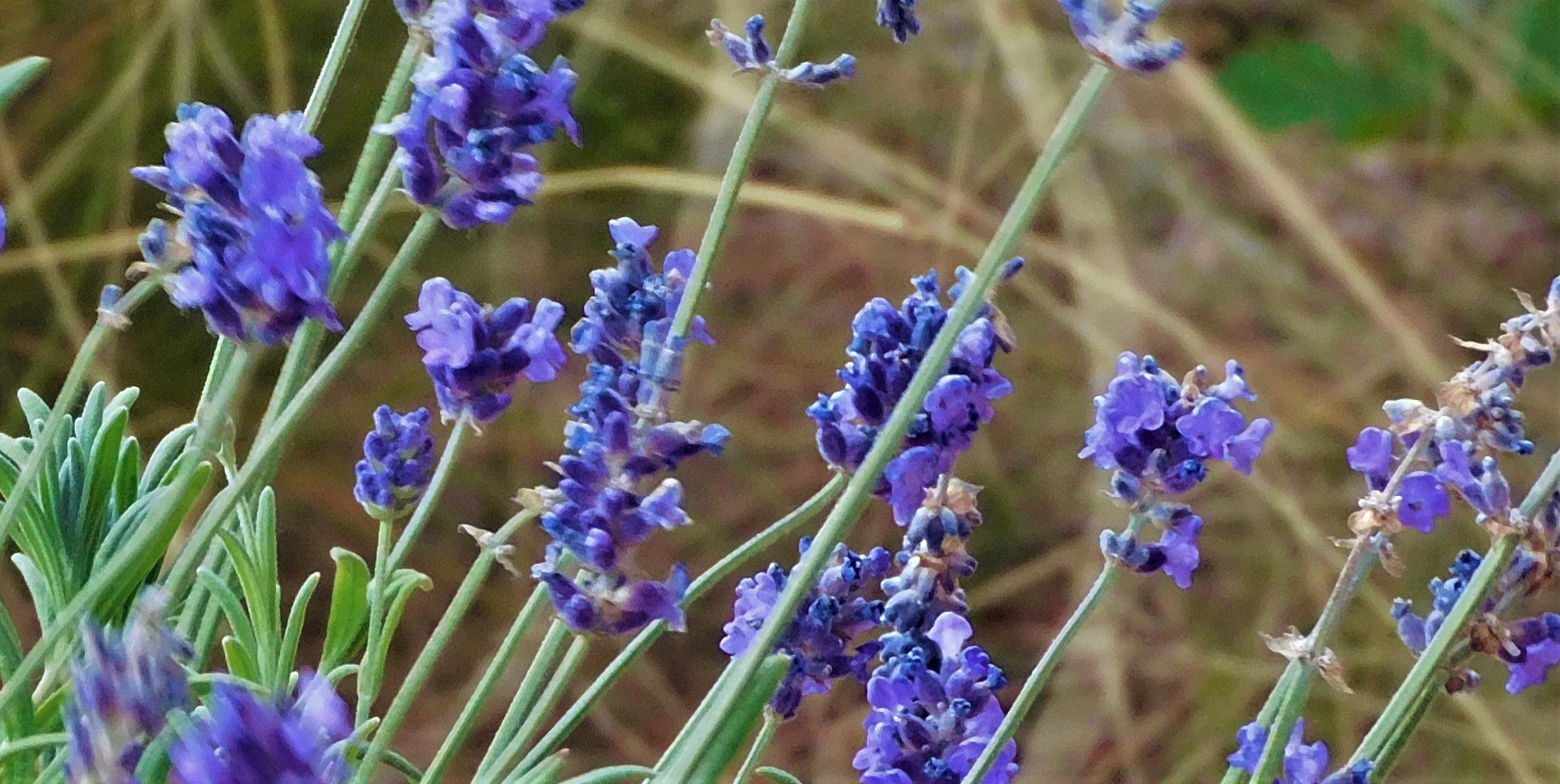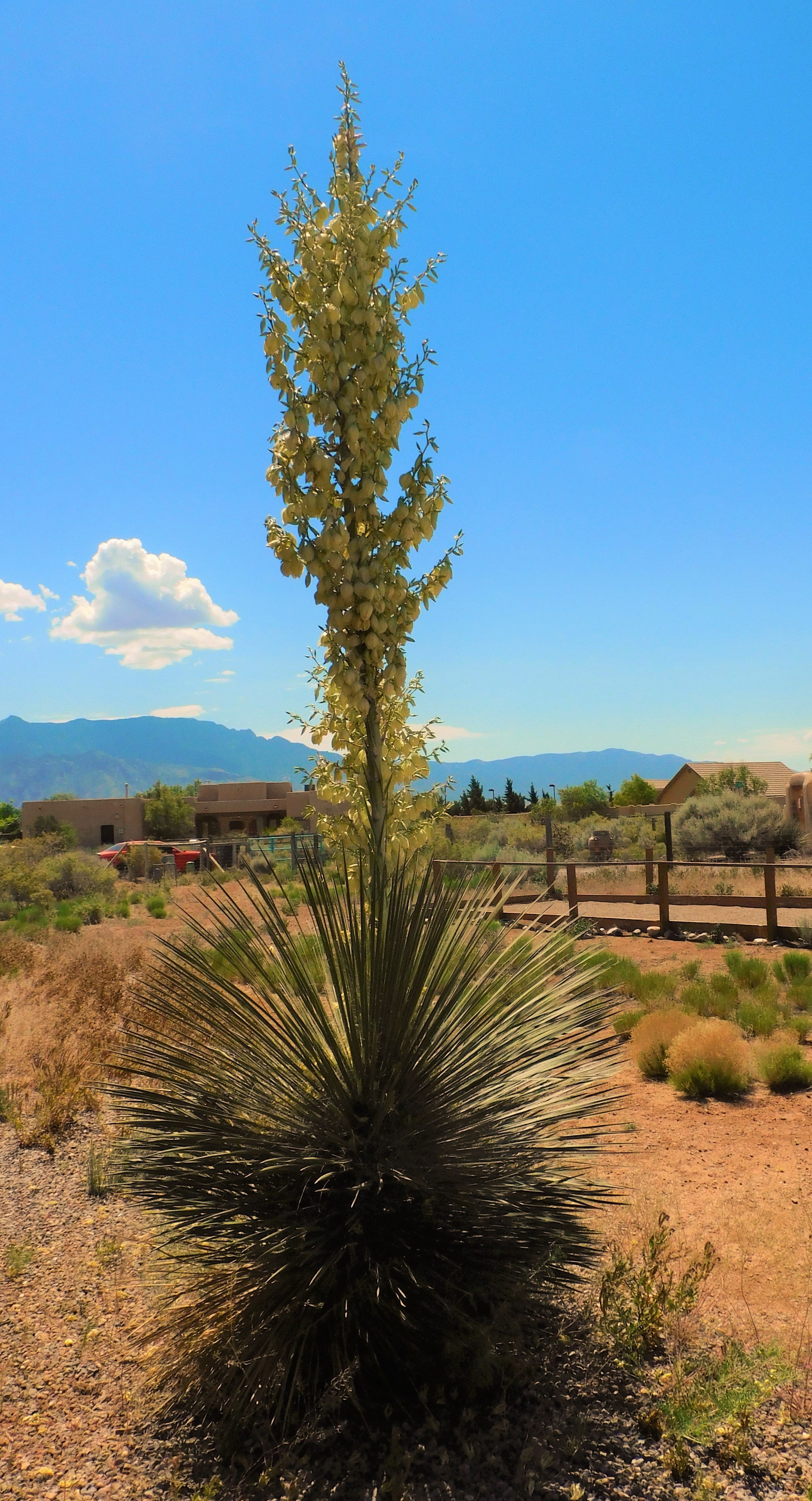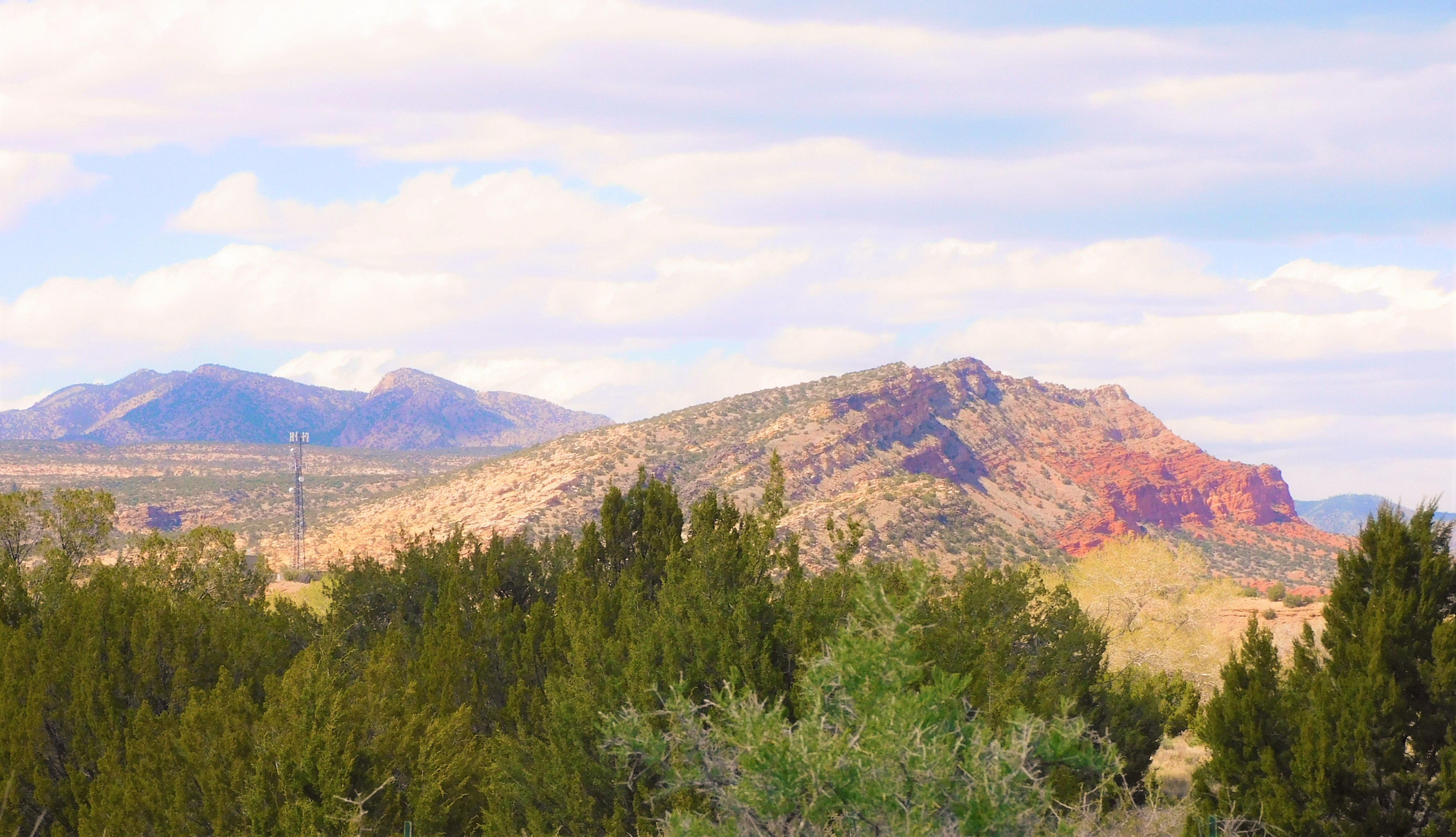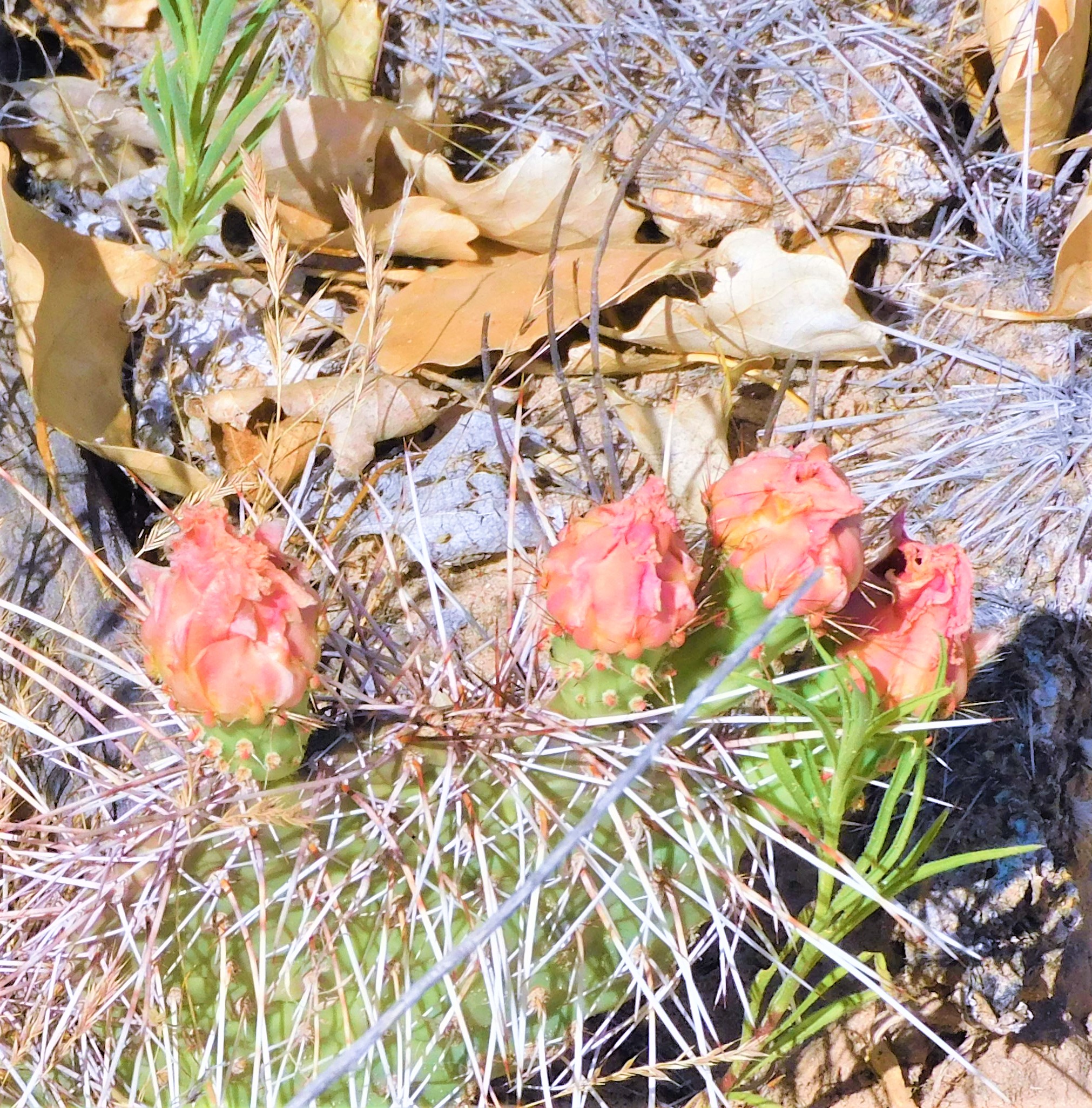Summer and our monsoon season is almost over. I don’t expect much more rain and the forecasters tell us that the La Nina weather pattern is coming back, which means more dry weather. The wet weather was nice while it lasted. This is desert so, by definition, we don’t expect much more than 11 or 12 inches of rain in a year. Our daily COVID count is climbing so people are back to the old precautions and not socializing as much as the last few months. I decided to go out and explore a few favorite places with my two cameras. I am not very happy with either one so I was doing a comparison on some shots. They are about the same in most respects. One does better macro than the other. One does better zoom — so it is a tradeoff. I decided to spend the afternoon up in Jemez Canyon, not too far from where I live but in the Jemez Mountains. Of course, the canyon was carved by the Jemez River that flows past the town of Jemez Springs and Jemez Pueblo to the Rio Grande. 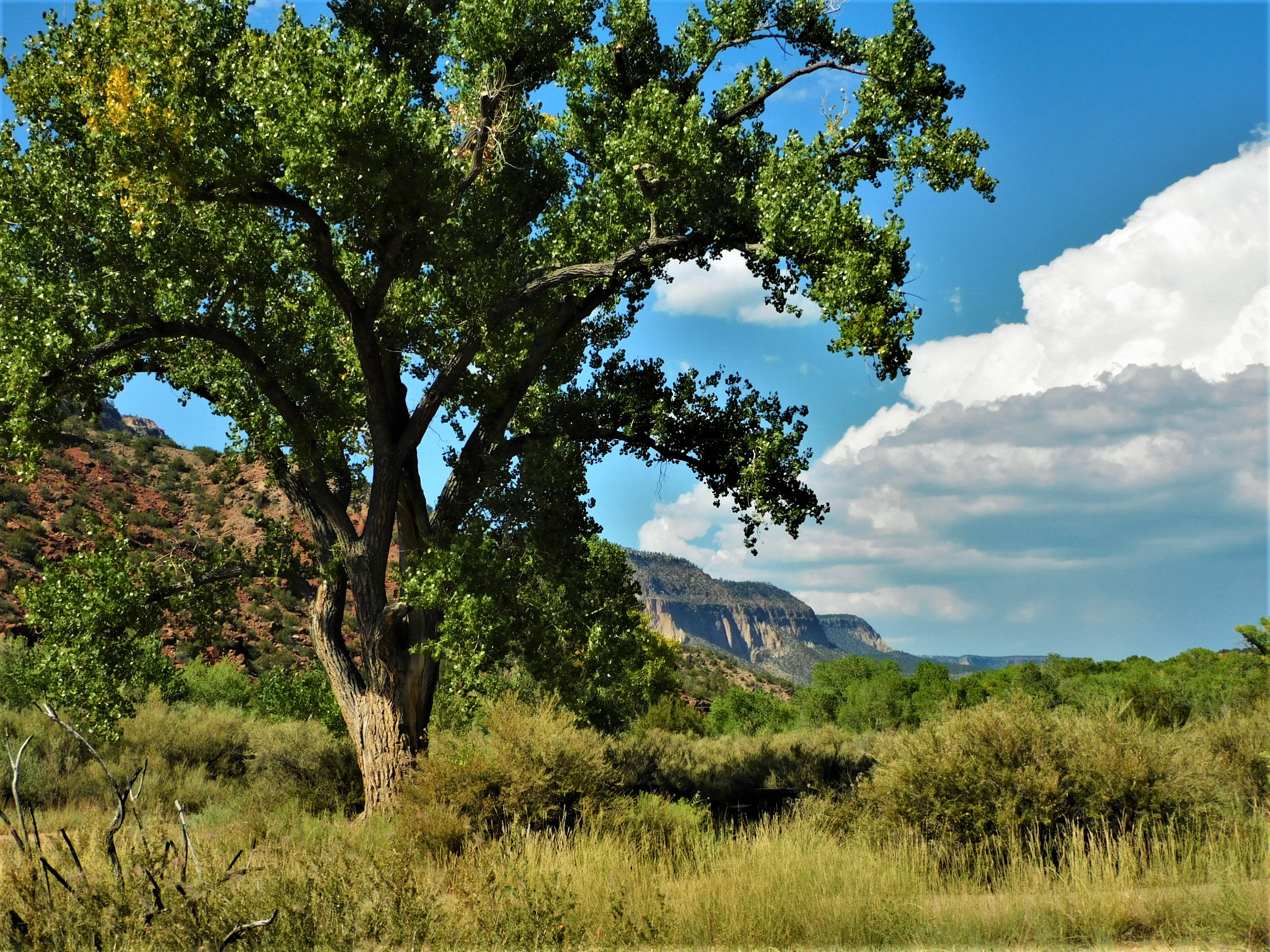
It was a pretty day and not too hot — there were storm clouds building up in the mountains but with a humidity of 14% it was not likely to rain on me.
The river is a stocked trout stream with a number of fishing access sites. The lower section was a little muddy, probably due to tome recent road construction further up the canyon.
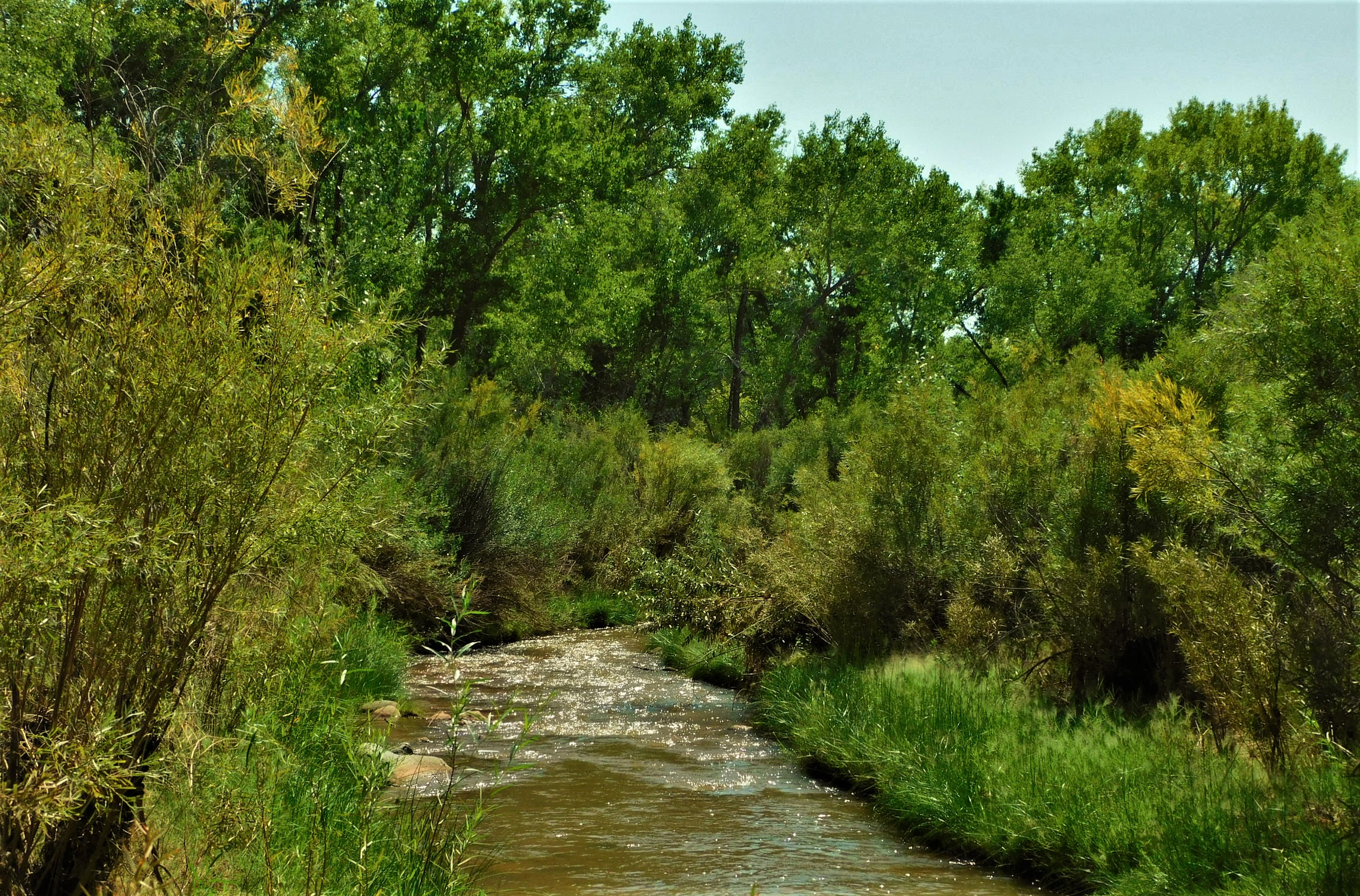
Higher up into the mountains it runs clear.
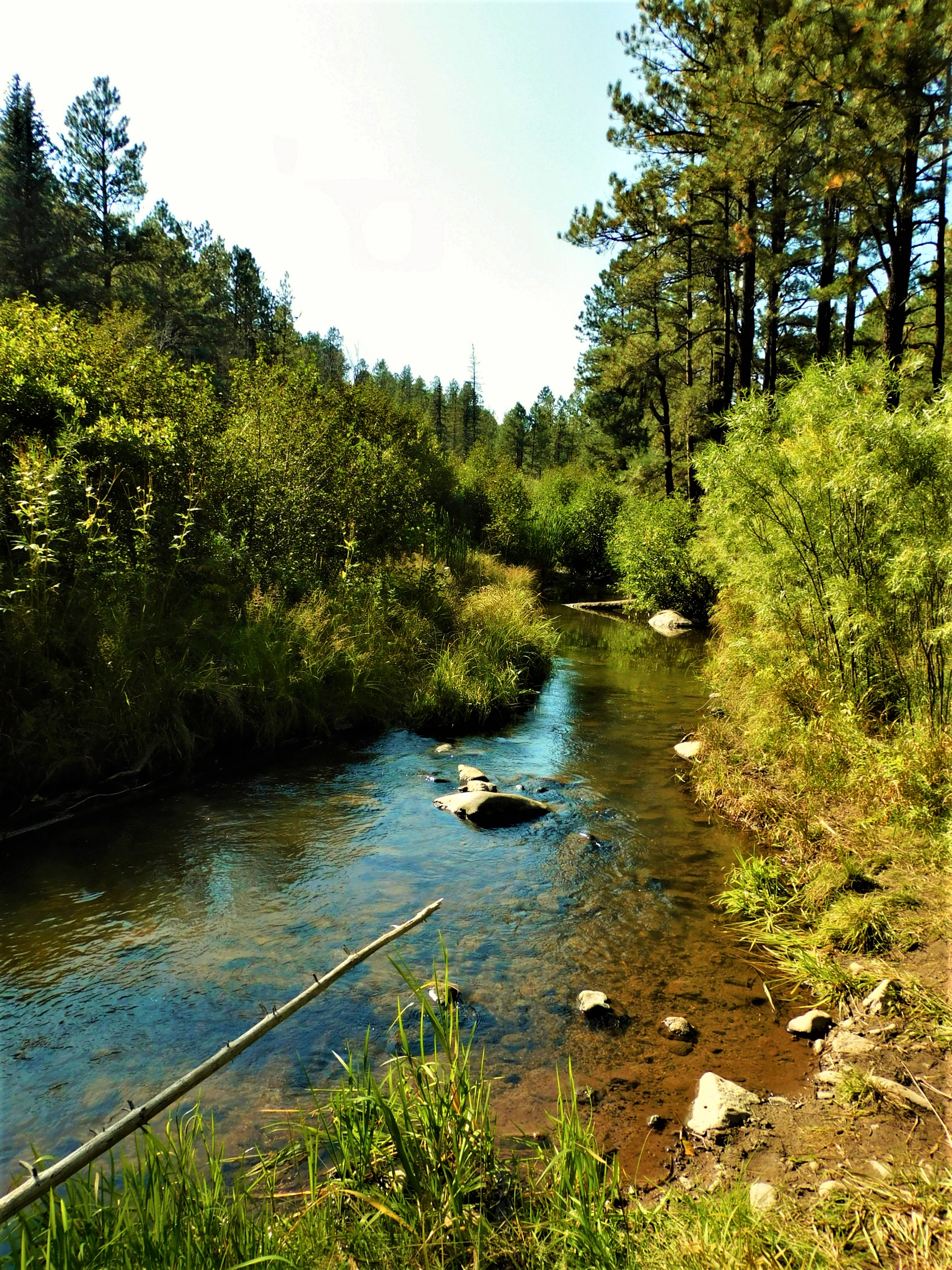
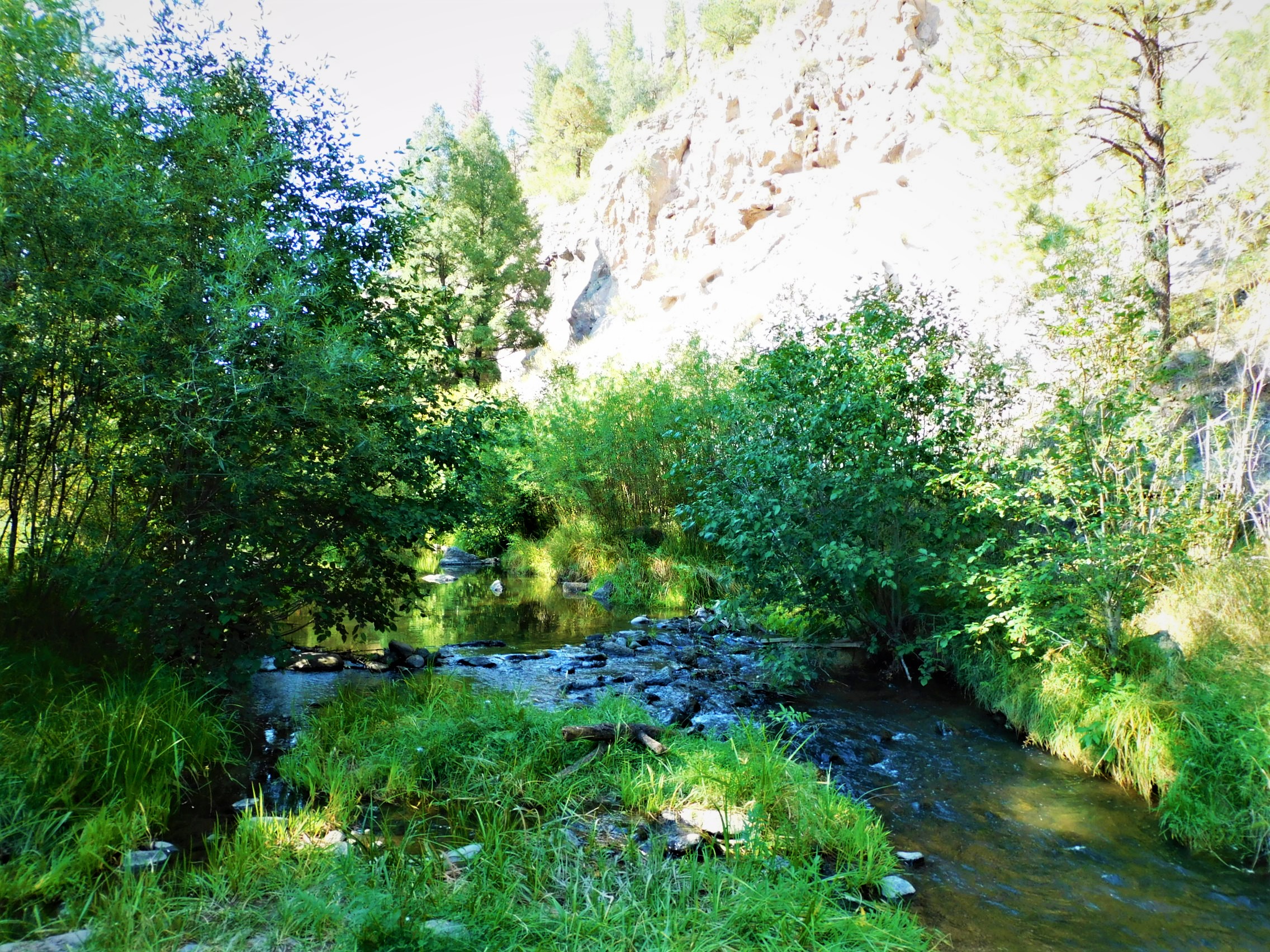
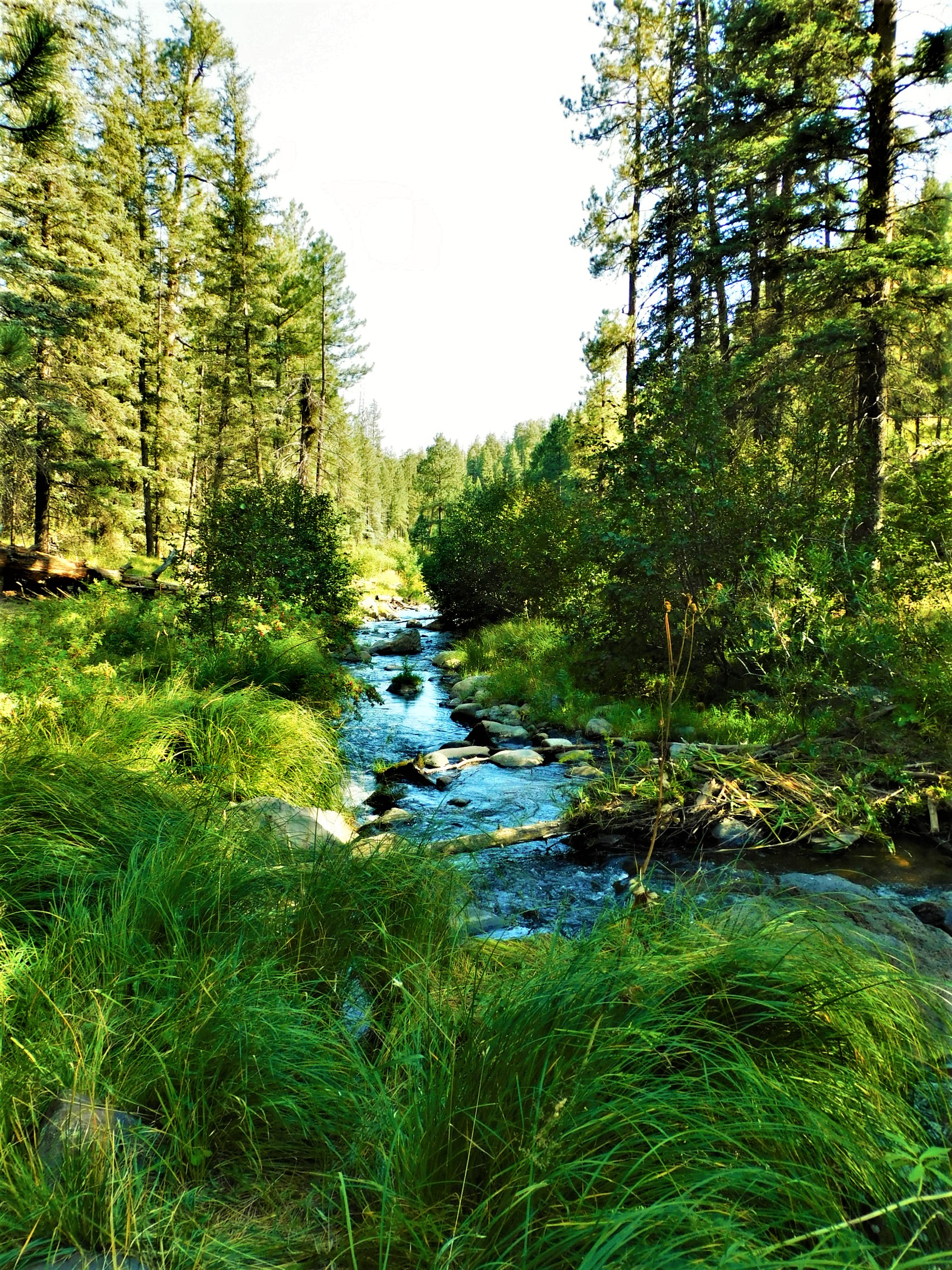
Such a small stream offers considerable challenges to a fly fisherman…but there are some fish in there, waiting.
The late summer wildflowers were out, helped by the monsoon rains.
The scenery along the canyon is worth stopping for. The light before sunset shows off the colors.
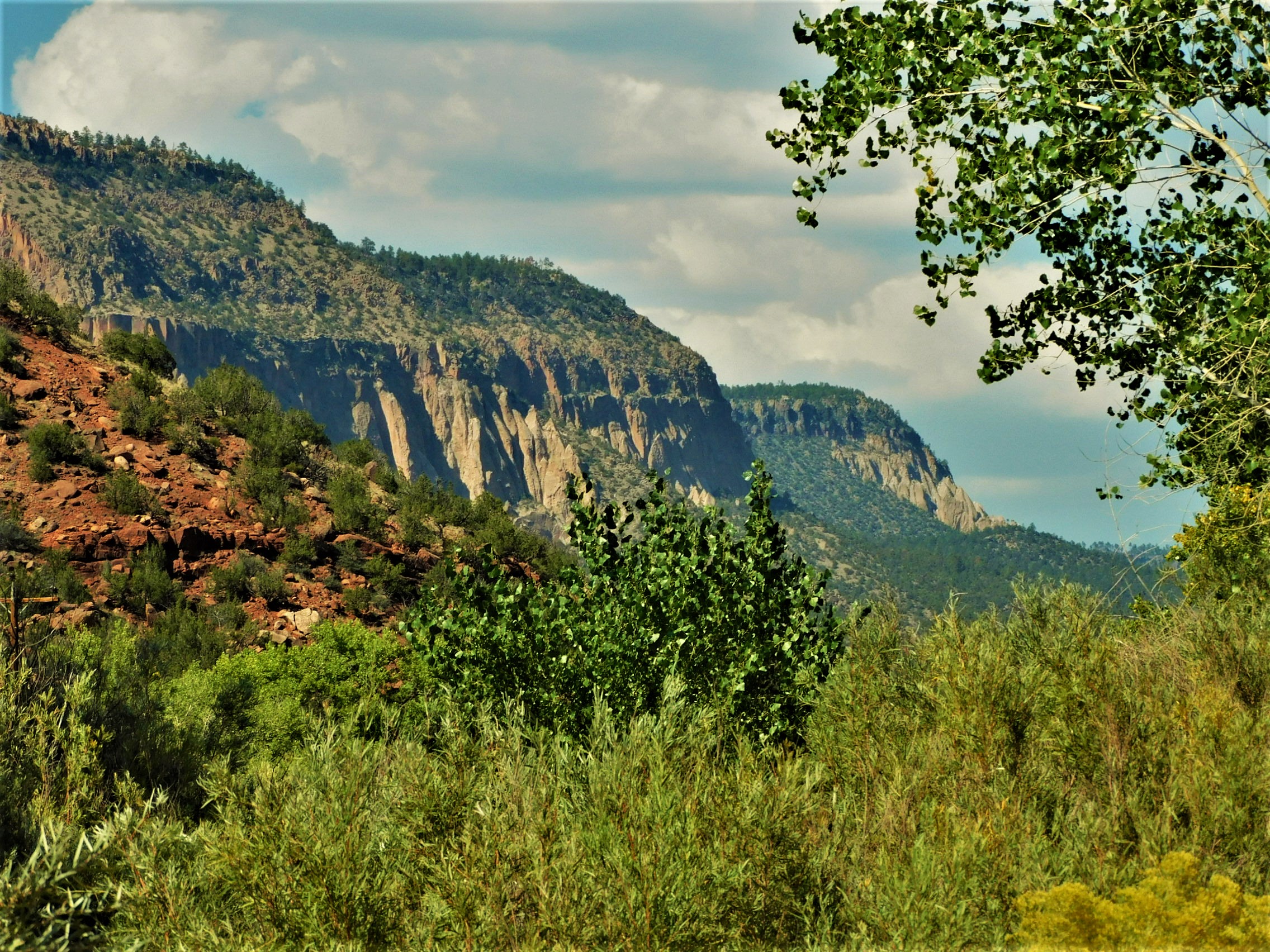
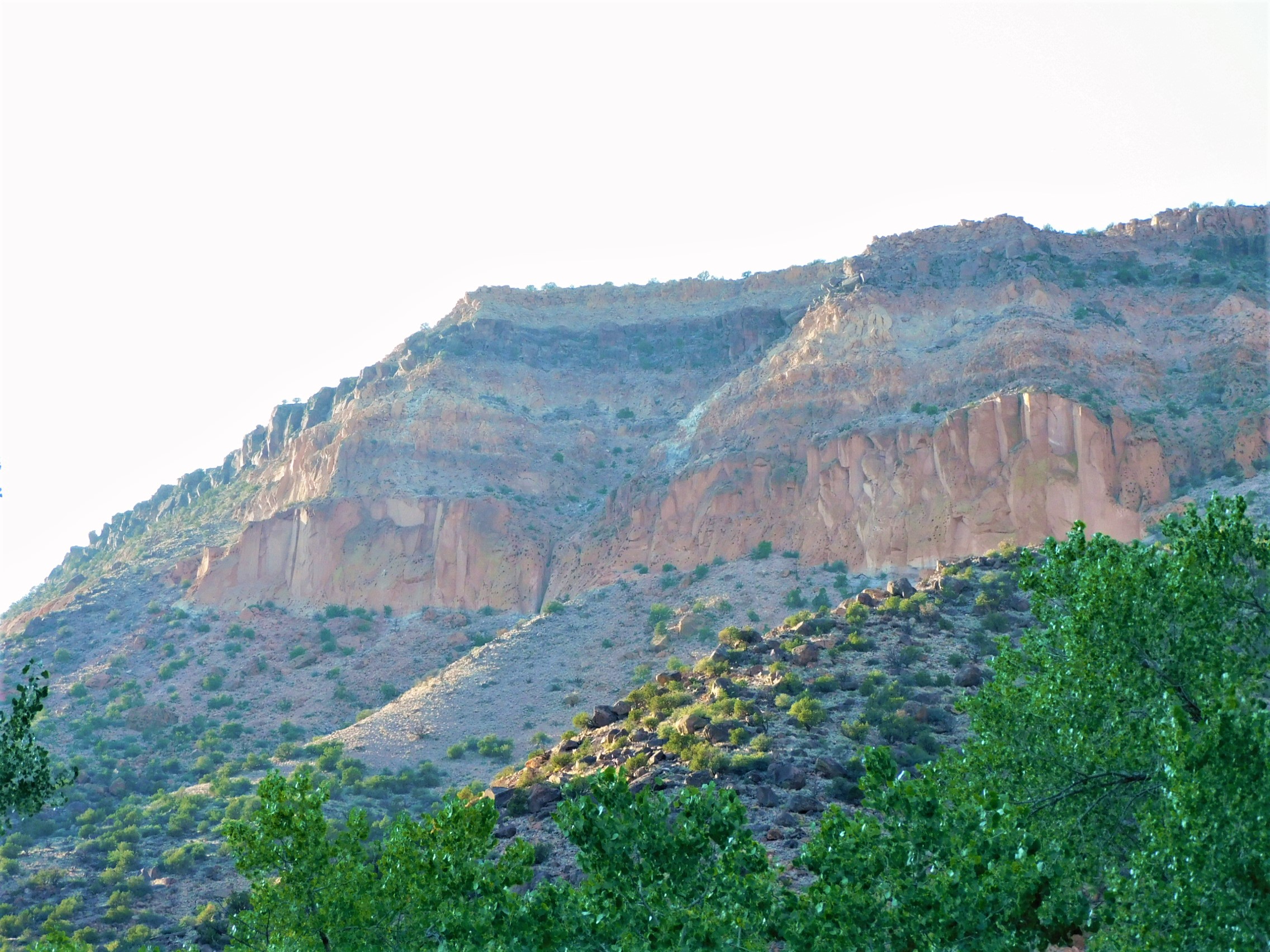
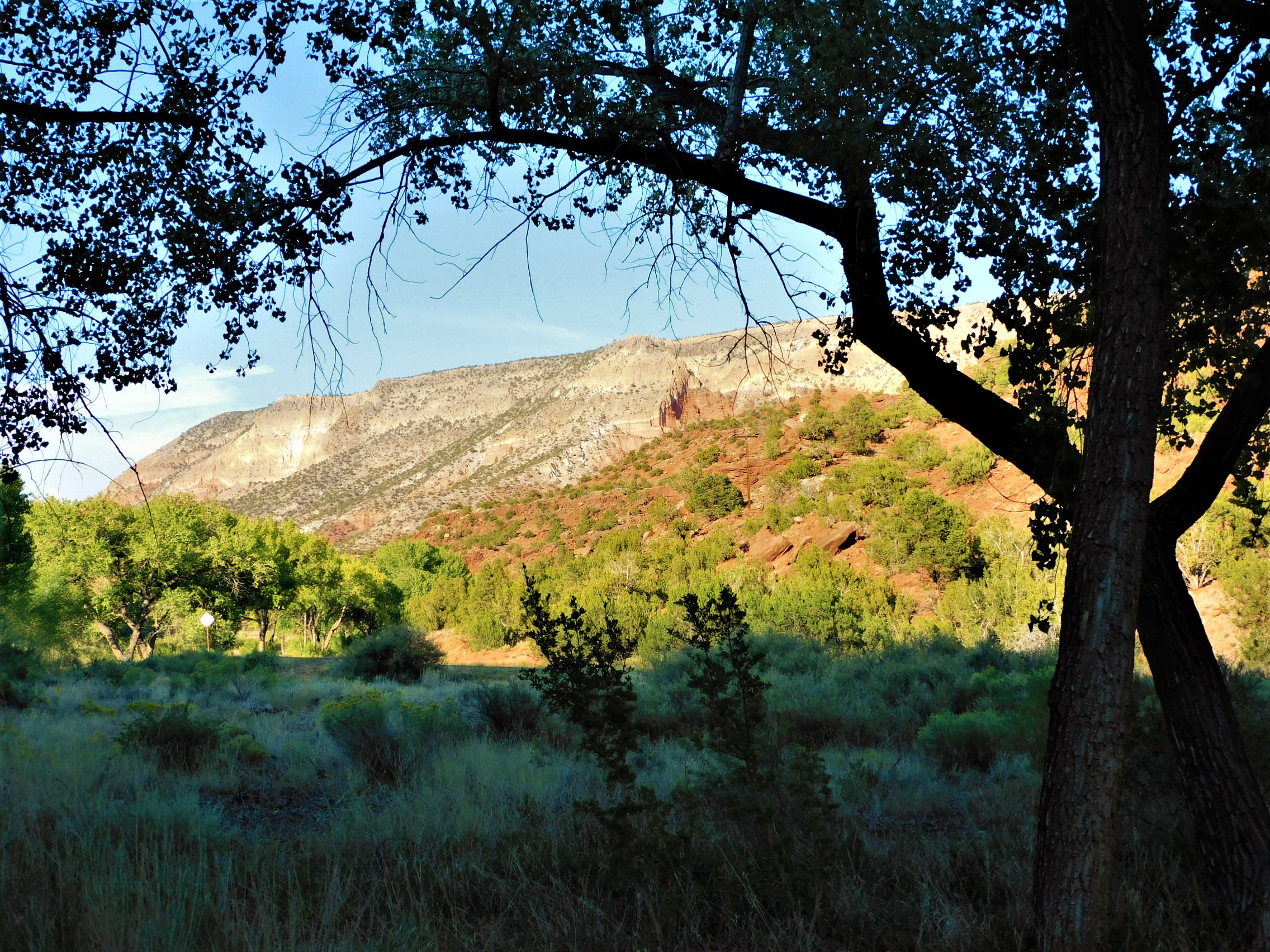
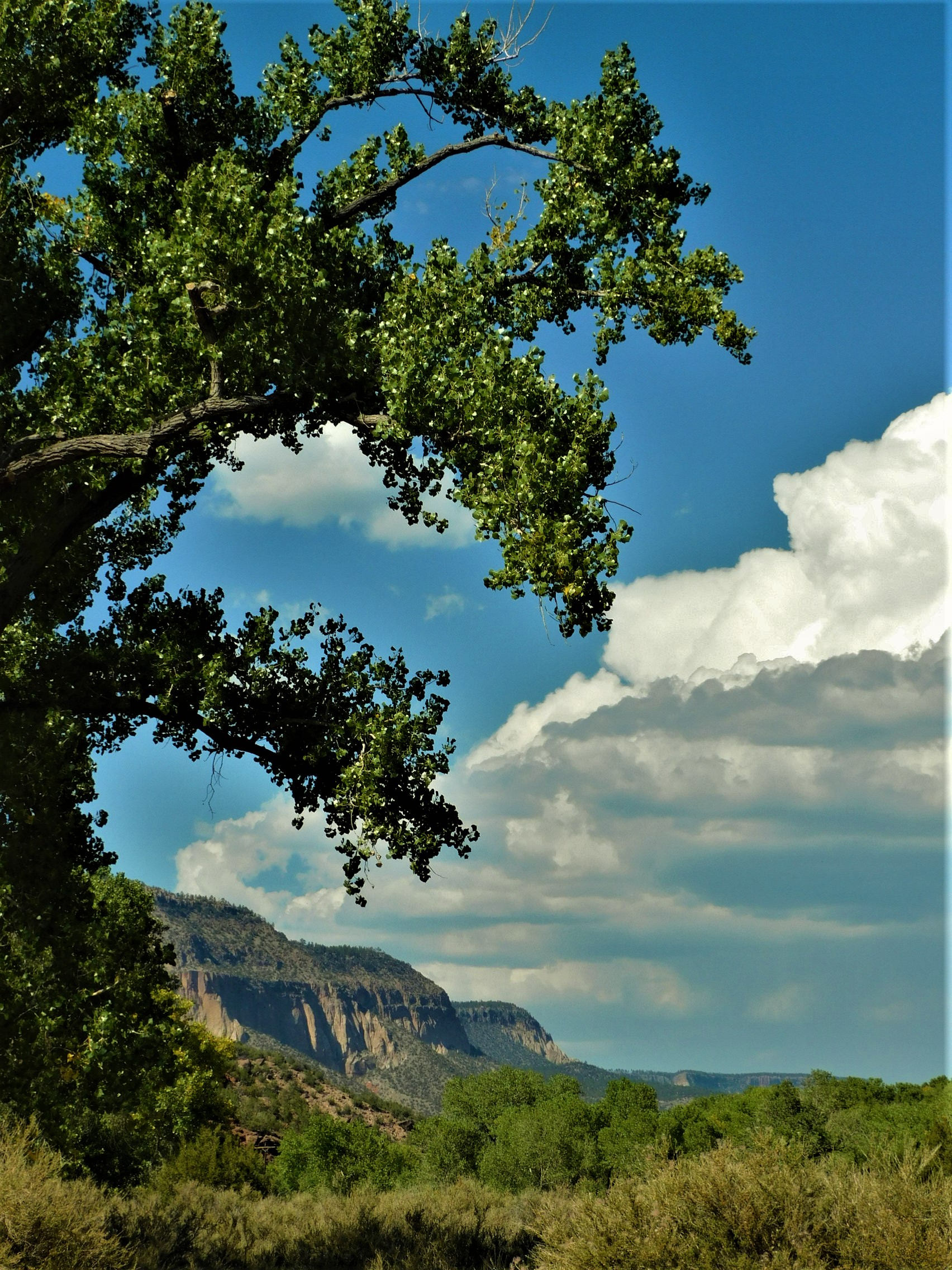
The Monsoon clouds were building most of the afternoon but sailed off toward the east.
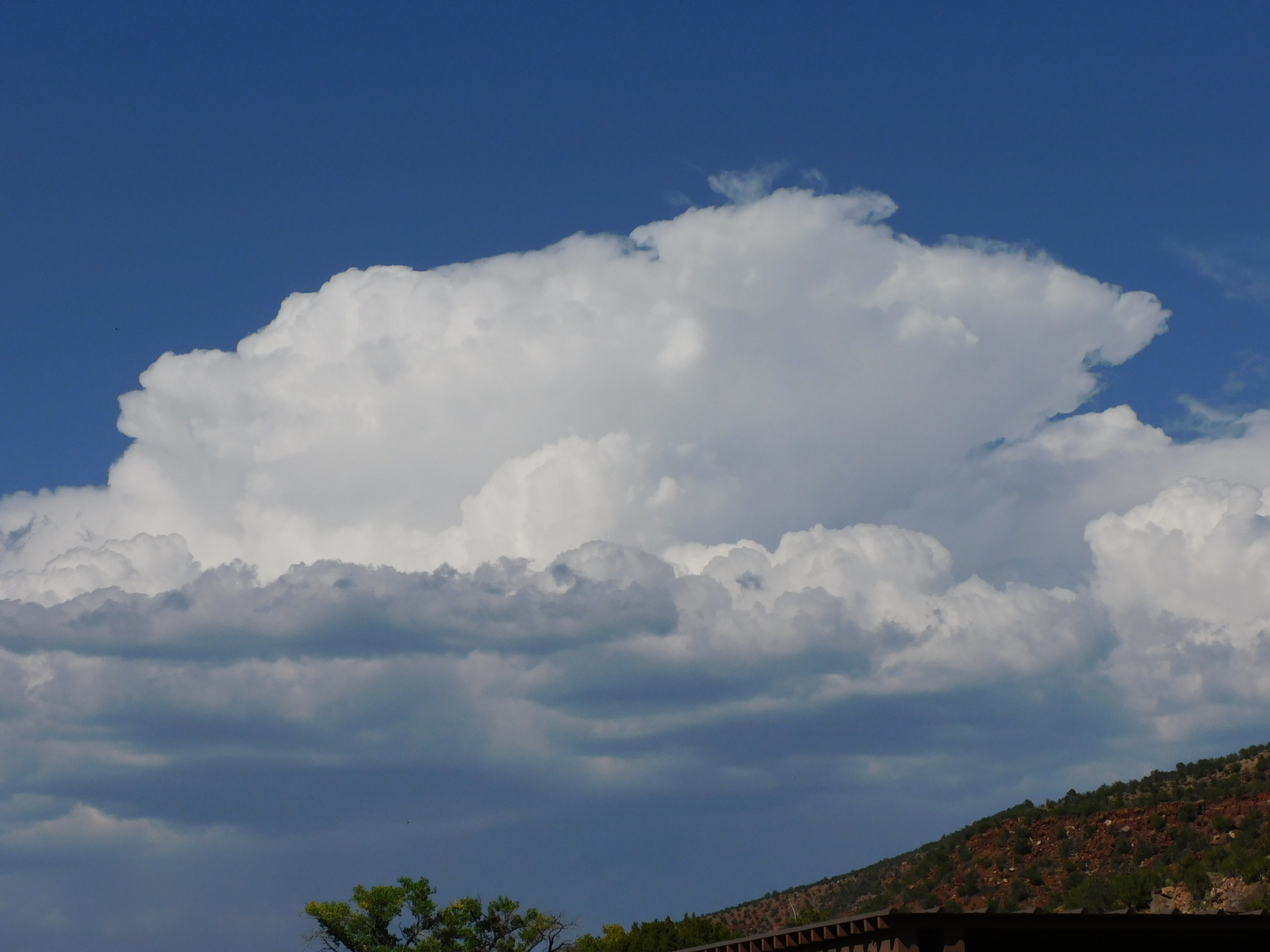
The canyon continues up through the mountains to eventually reach Valles Caldera, the site of a former mega volacano that collapsed into its magma chamber after a huge eruption. Geologists say that the volcano actually did this three times, which built up the Jemez Mountains. There are hot springs and a few fumaroles still present in the mountains and the caldera.

Vales Caldera is a National Preserve and home to Elk herds and was one of the main filming site for the Longmire TV series.
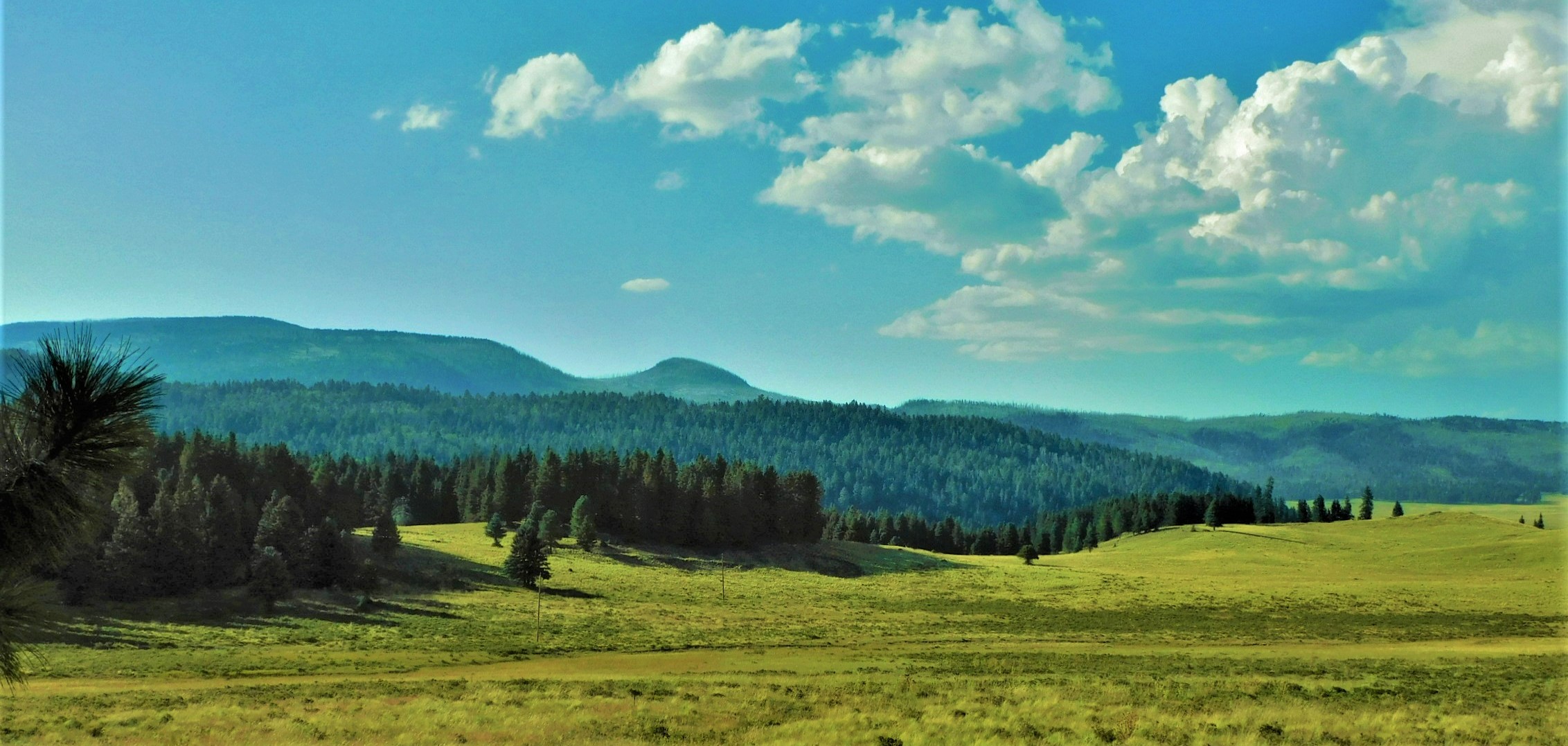
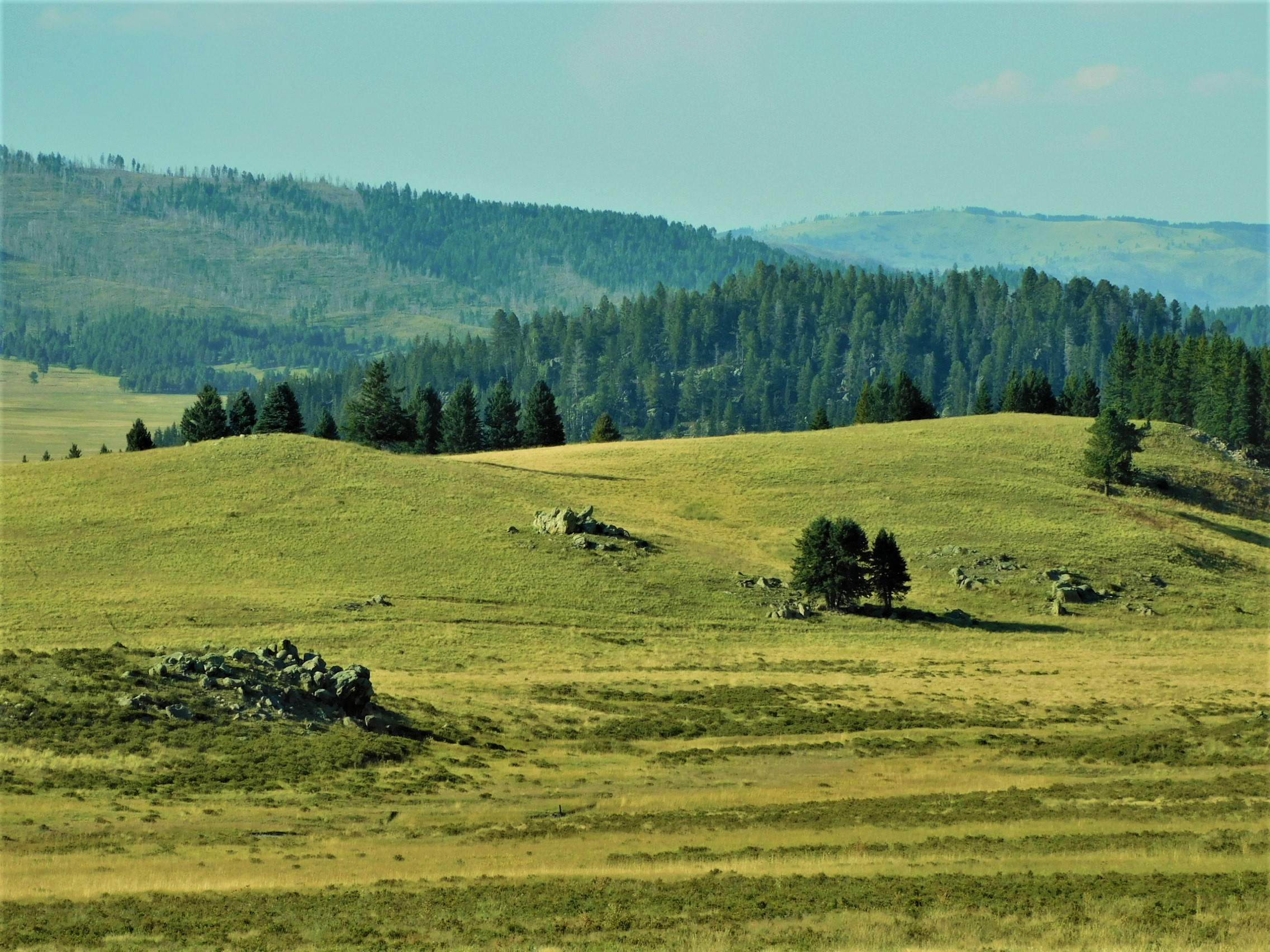
Forest fires have been a frequent problem in the Jemez Mountains and burn scars are evident near the Caldera and along parts of the highway.
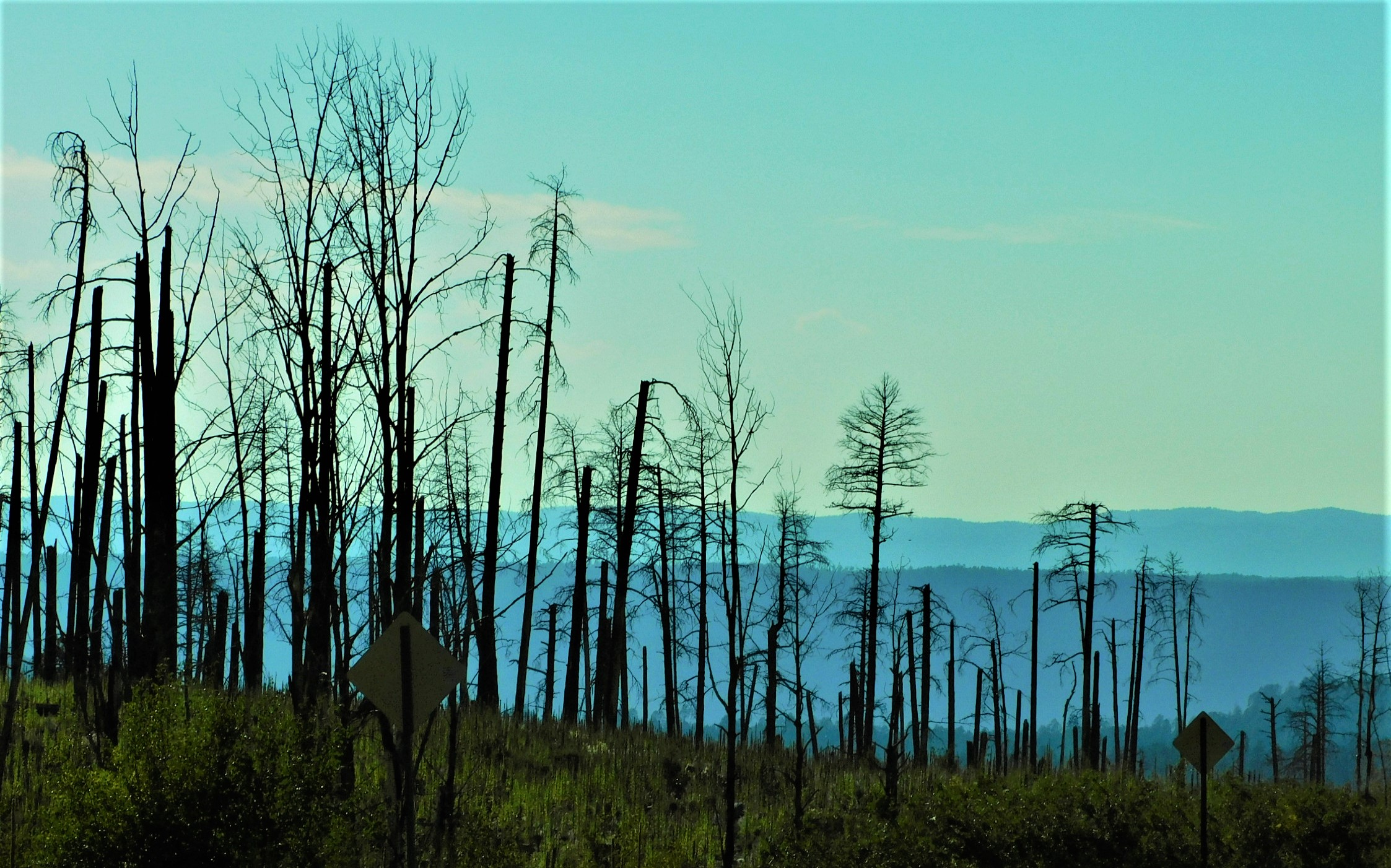
There seems to be fewer fires lately even with the serious drought. That might be due to a reduced numbers of visitors in the area due to the pandemic. I saw a notice that the Forest Service is proposing a huge increase in fees for camping and imposing a new fee system for day use. The comment period ends September 30, 2021 and there has been little if any public awareness about the new fee structure. Comment to: SM.FS.R3FeeProComm@usda.gov 
* * *



























